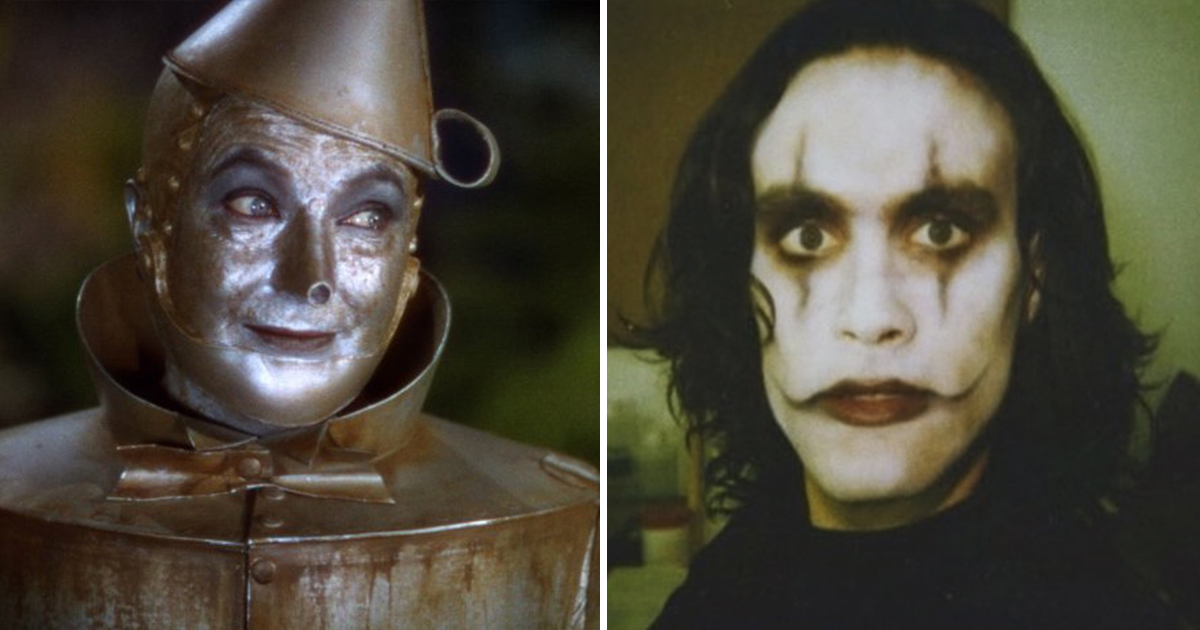Thanks to the huge amount of insurance claims, health and safety checks and studio oversight involved in modern movie productions, film sets tend to be relatively safe and professional places to be. This hasn’t always been the case, however. Today, we’re looking behind the scenes of some of Hollywood’s most famous films at some shady production practices that would never happen today.
25. The Wizard of Oz’s Tin Man paint was toxic

The Wizard of Oz is one of the most wholesome classic movie musicals of all time, beloved by people of all ages and still watched eagerly today. However, despite its whimsical musical numbers and iconic happy ending, the behind-the-scenes story of The Wizard of Oz is not so lighthearted.
[rtk_adunit_top]
Buddy Ebsen was originally cast to play the Scarecrow, but traded roles with original Tin Man actor Ray Bolger early on in production.
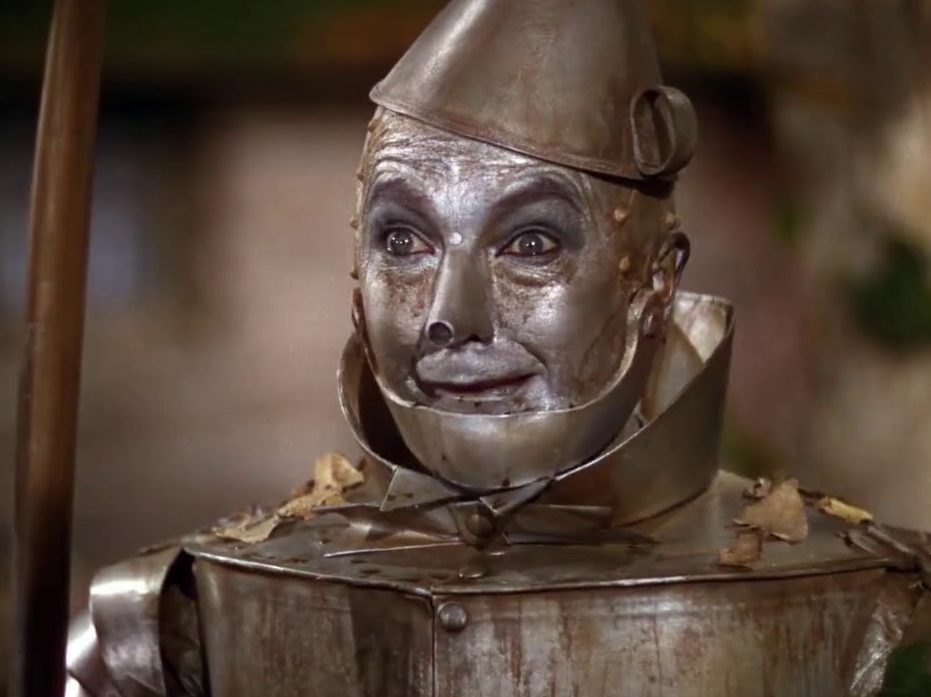
This meant it was Ebsen who had to suffer through the many strategies the make-up artists used to create the Tin Man’s recognisable silver skin, from using actual pieces of tin to silver paper, to eventually settling on white face paint covered in aluminium dust.
[rtk_adunit_middle]
The aluminium face paint sent Ebsen to the hospital just nine days into production, as he began to experience shortness of breath and severe cramping.
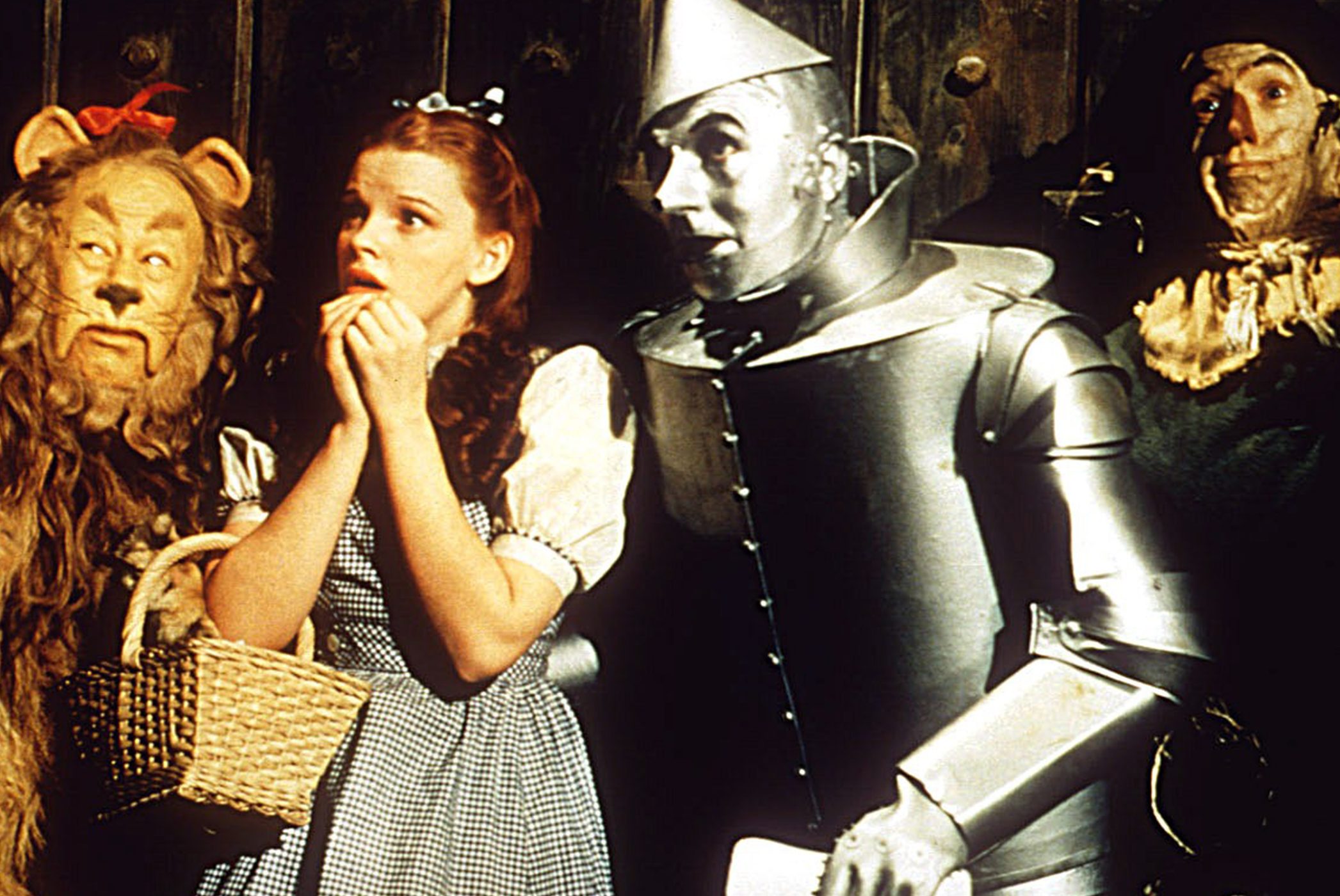
Whilst in hospital, one of Ebsen’s lungs failed temporarily due to the large volume of aluminium dust in it. As a result, actor Jake Haley was brought in to replace Ebsen, and the paint was reformulated into a thick paste.
[rtk_adunit_bottom]
Unfortunately, the paste gave Haley an eye infection that kept him away from the set for four days.
24. Actor Vic Morrow and two children were killed in a helicopter accident on Twilight Zone: The Movie

Twilight Zone: The Movie was released in 1983 to mixed reviews, with critics agreeing that some segments of the anthology film were substantially stronger than others.
[rtk_adunit_top]
Today, however, rather than being best known for the actual content, the Twilight Zone movie is mostly infamous for the tragedy that occurred on set.
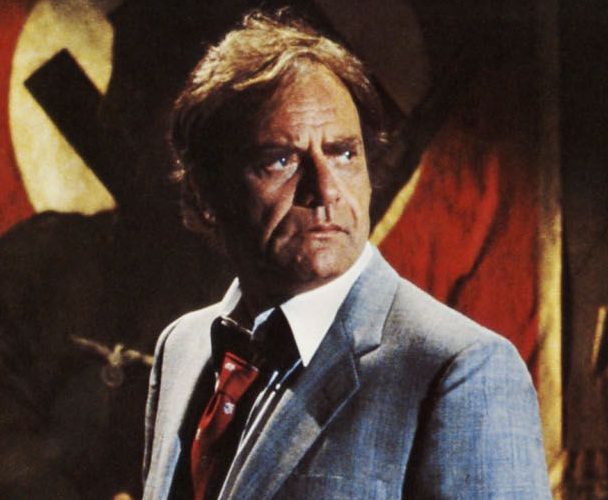
The story goes that director John Landis believed that Vic Morrow’s character, Bill Connor, was too unsympathetic, and so a last-minute scene was added during which he saved two Vietnamese children from American helicopter fire.
[rtk_adunit_middle]
Unfortunately, the two child actors were hired under the table to circumvent California’s rules, which prevented children from shooting at night or around explosives. The children were hidden from the fire marshal on set, and many crew involved in the scene didn’t even know children were participating.

This already dangerous situation was made worse by the fact that the helicopter pilot was having trouble navigating through the pyrotechnic fireballs being let off on set. The pyrotechnics coordinator was unaware of this, and let off two fireballs slightly too close together.
[rtk_adunit_bottom]
This led to the pilot being temporarily blinded, and the helicopter spinning out of control and crashing, killing both Vic Morrow and the two children instantly.
23. The animals were routinely injured on Doctor Dolittle
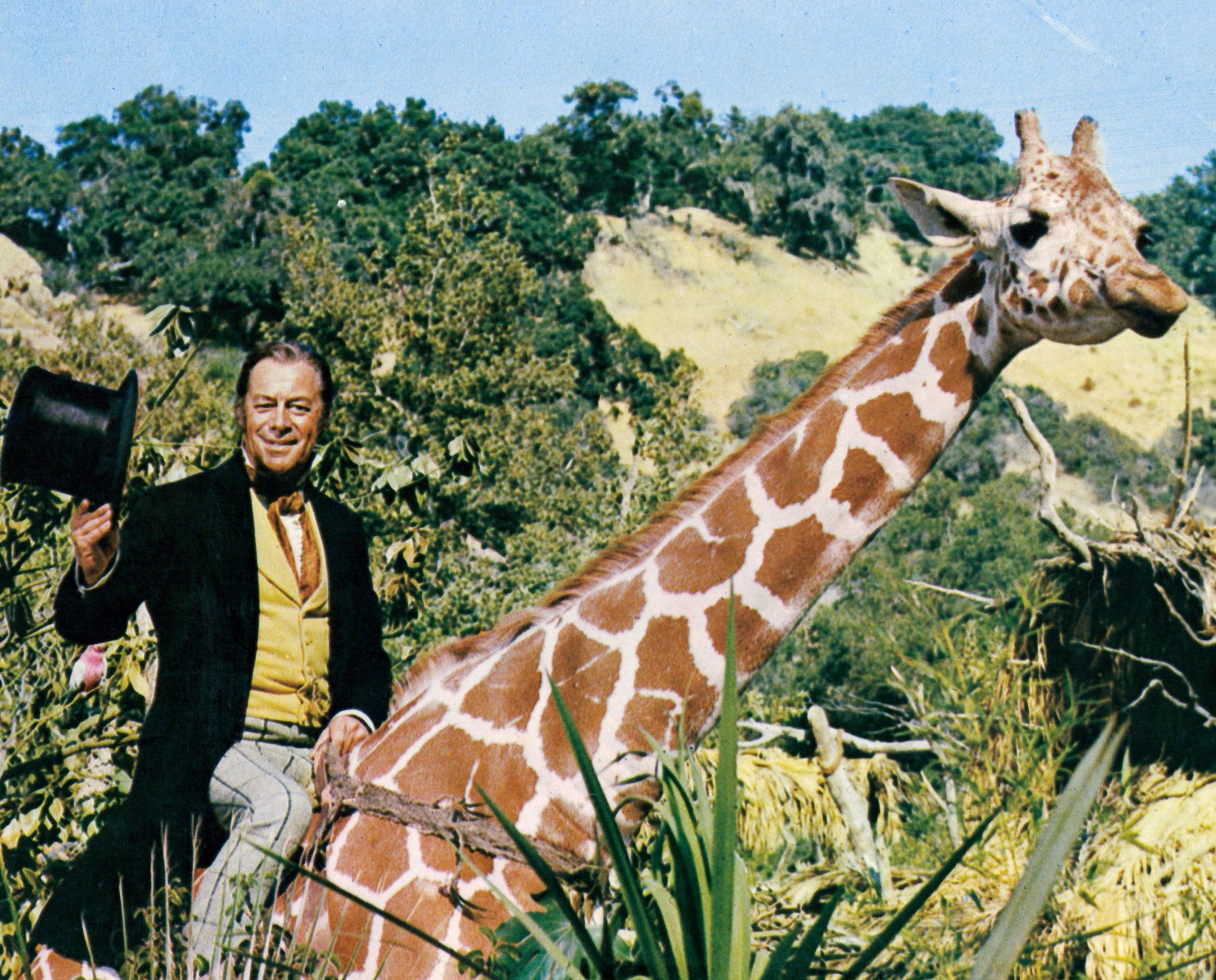
There’s an old adage in the entertainment world that states that you should never work with children or animals, and no film production makes it more obvious why than Doctor Dolittle.
[rtk_adunit_top]
The 1967 movie was doomed from the start thanks to leading man Rex Harrison being nearly impossible to work with, so much so that he was temporarily replaced by Christopher Plummer, who was unceremoniously dropped after Harrison wanted to rejoin the project. (Plummer still had to be paid his six-figure fee, however, and so the cost of the already expensive film ballooned overnight.)
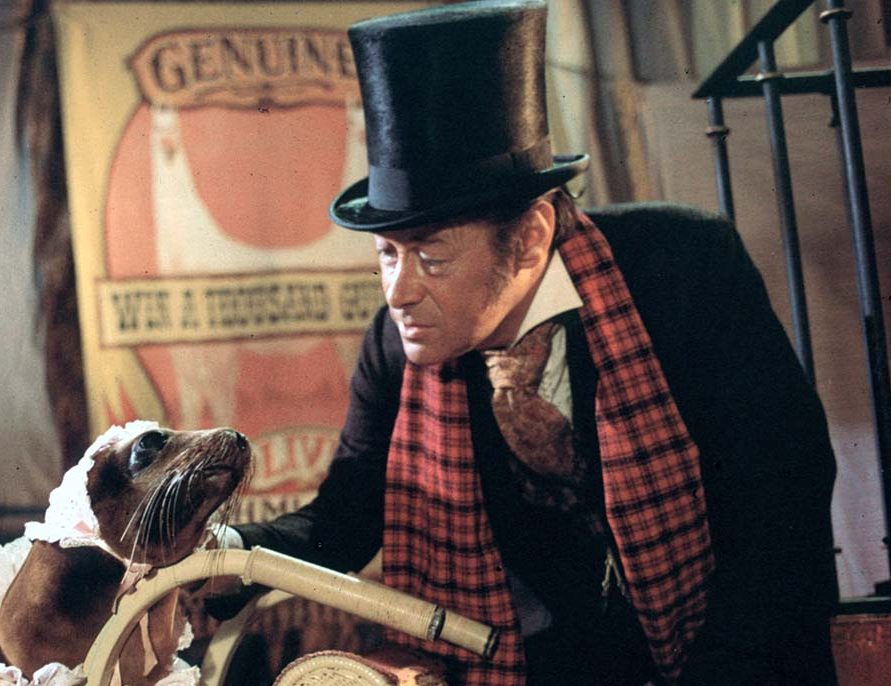
The only thing more troublesome than Doctor Dolittle’s leading man turned out to be the animals, which two million dollars of the film’s budget went to accumulating and caring for.
[rtk_adunit_middle]
The animals wreaked havoc on set, with stories of a goat eating director Richard Fleischer’s script, a parrot learning to yell “cut!”, and a whole herd of ducks forgetting how to swim and sinking in the lake, resulting in the actors and crew members jumping in to save them.

Most troublesome of all, though, were the giraffes, with one inexplicably dying on set and the replacement being nigh-on impossible to ride.
[rtk_adunit_bottom]
Not only that, but there was even a three-day break from shooting after the replacement giraffe stood on its own genitalia, and had to be given immediate medical attention before continuing.
22. William Friedkin deliberately gave Ellen Burstyn a back injury making The Exorcist

The Exorcist is one of the most iconic horror movies of all time, and part of the reason it remains so impactful today comes down to William Friedkin’s directorial style.
[rtk_adunit_top]
Friedkin wanted to emulate what he called an old Hollywood directorial approach, manipulating his actors to an extreme degree. This led to a lot of discomfort, anger and even genuine pain on set.
- Credit: Warner Bros Pictures
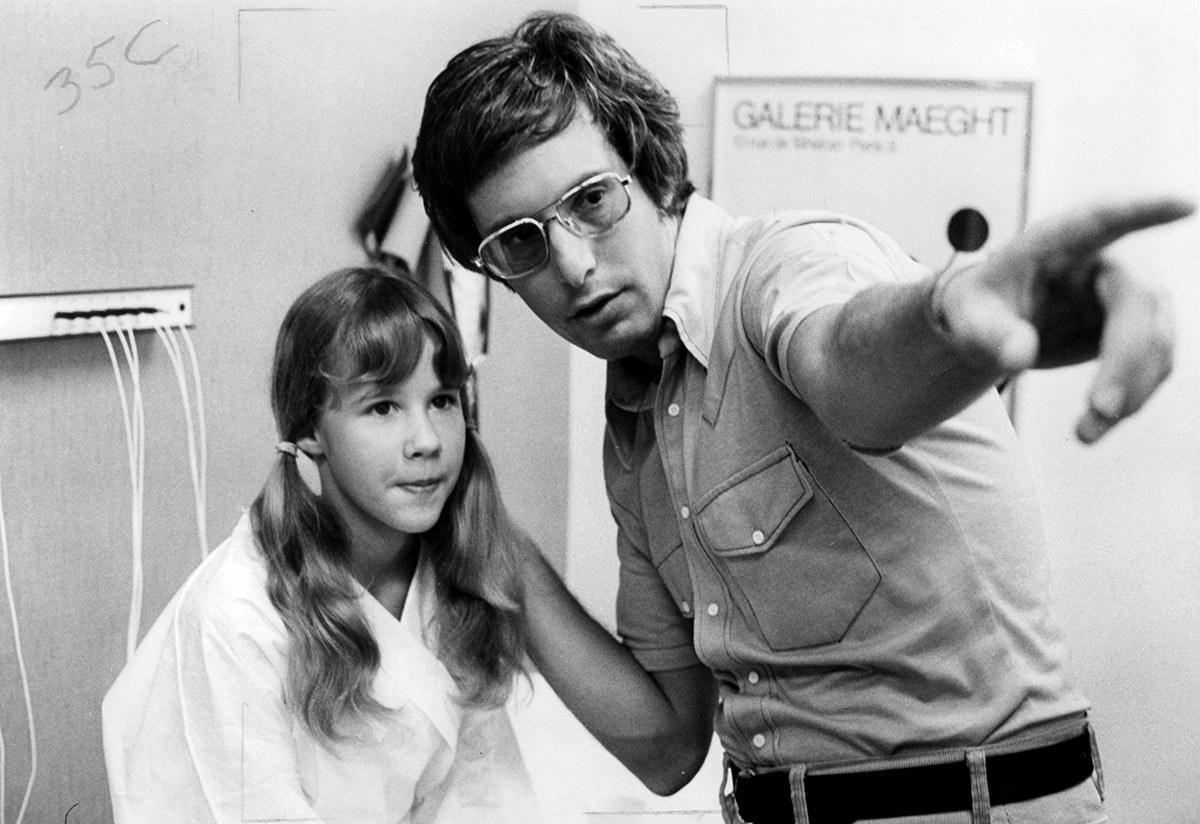
For some scenes, stars Linda Blair and Ellen Burstyn were both yanked around painfully on harnesses, with their authentic screams of pain being used in the final cut of the movie.
[rtk_adunit_middle]
Burstyn for one landed on her coccyx after being pulled on a special effects cable by a stuntman, something that thankfully didn’t permanently injure her.

Friedkin also slapped Father William O’Malley across the face before the last rites scene, and would randomly fire blanks on set to startle the actors and make them feel on edge.
[rtk_adunit_bottom]
Friedkin even had Regan’s bedroom built inside a freezer so that the cast’s breath would be visible on camera, leading to the camera crew constantly having to wear cold-weather gear on set.
21. The actors were repeatedly mauled by real lions on Roar

Usually, when a director decides to make a movie due to legitimate passion for the subject material, it’s a recipe for a great film. However, when Noel Marshall decided to direct an animal rights movie starring real animals and his own wife, Hollywood legend Tippi Hedren, things went about as far from smoothly as is possible.
[rtk_adunit_top]
Marshall and Hedren’s desire to make Roar was a continuation of their wildlife advocacy work. Whilst travelling, they were invited to observe a pride of wild lions that had been forced to live in a house after being driven out of their usual habitat by poachers.
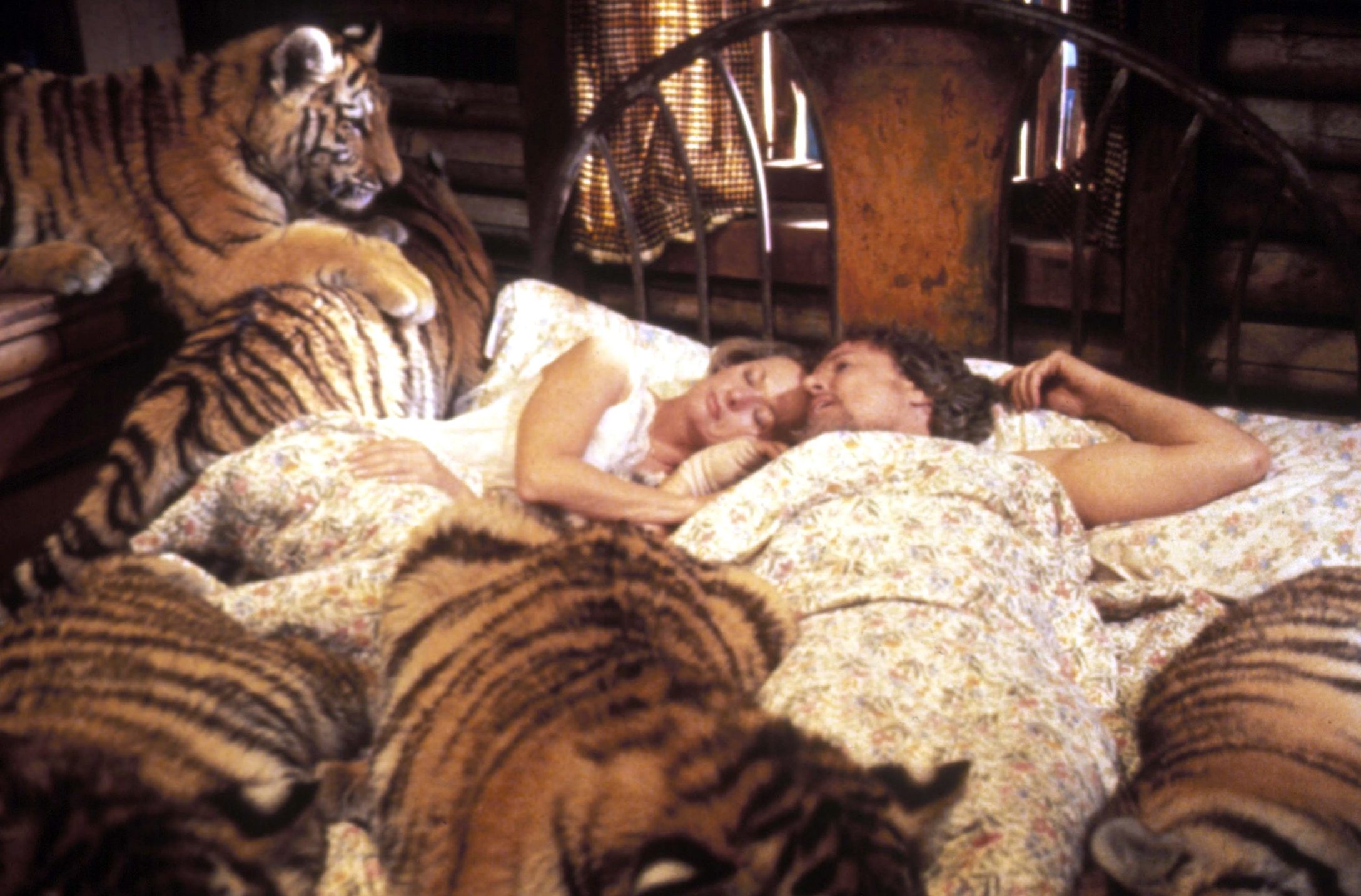
Marshall and Hedren decided to recreate the experience, inviting real-life big cats to live with them in their California home, and documenting the process over five years.
[rtk_adunit_middle]
This crazy idea went exactly as you might expect. A lion pinned Hedren’s daughter Melanie Griffith to the ground, and the cameras rolled as she screamed for her mother to help her. Later, another lion attacked Griffith, resulting in her almost losing an eye.
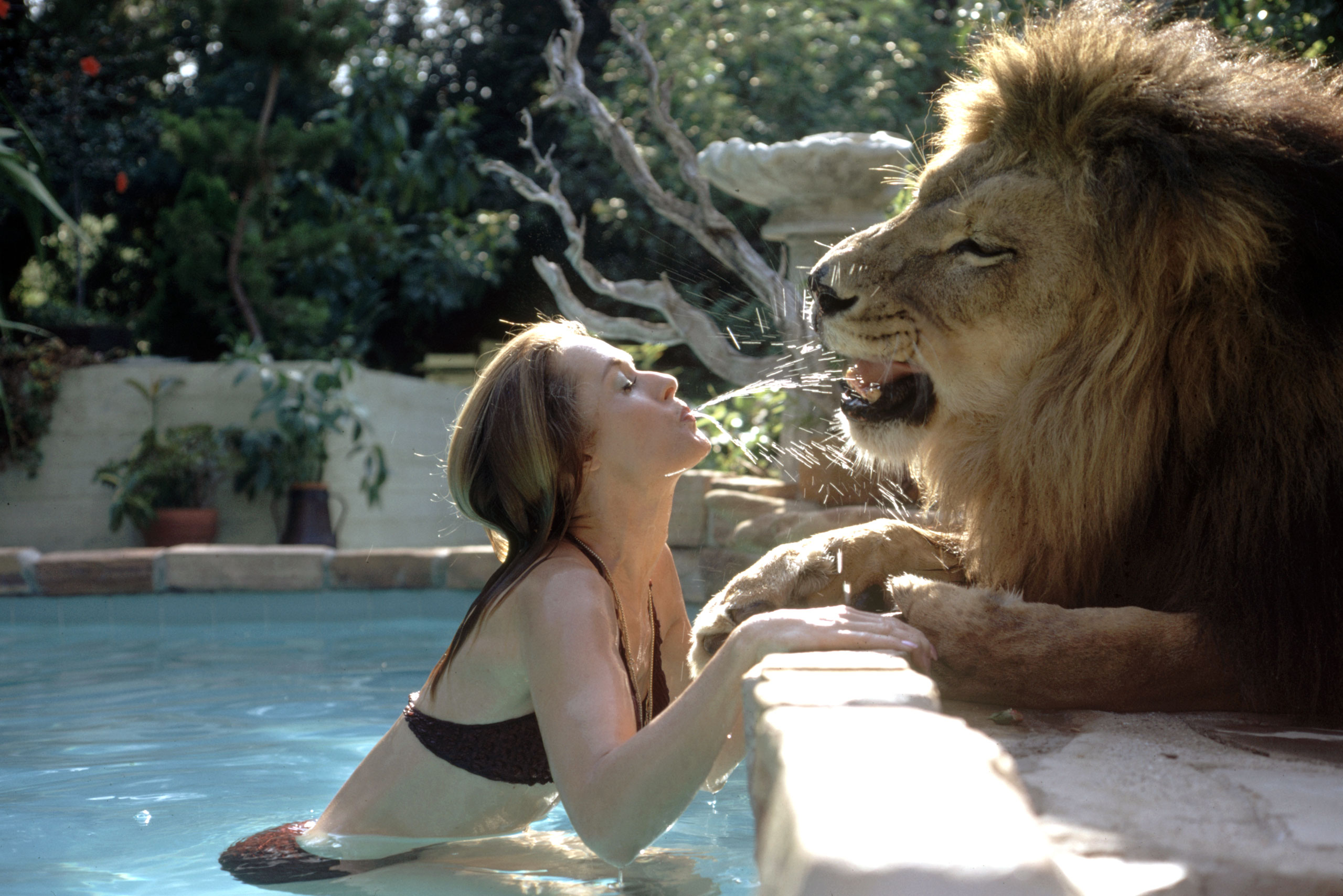
Cinematographer Jan de Bont was scalped by one of the lions and had to get 220 stitches, while both Marshall and Hedron were bitten by the lions numerous times, resulting in everything from gangrene to blood poisoning to phlebitis.
[rtk_adunit_bottom]
Hedren even suffered a broken ankle when she was unexpectedly picked up by an elephant.
20. Werner Herzog had native workers drag a steamship over a mountain for Fitzcarraldo

Werner Herzog’s Fitzcarraldo is a 1982 movie about a rubber baron who attempts to pull a 320-ton steamship up a mountain using native labour. The fact that this movie is (loosely) based on a true story is wild enough, but what’s even stranger is that over the course of the production, art began to imitate life.
[rtk_adunit_top]
Put simply, Herzog didn’t want to use special effects in order to create the illusion of a steamship being pulled up a mountain, so he demanded it be done practically. As if that wasn’t close enough to the events of the story that inspired it, Herzog exclusively hired native people to do the heavy lifting, and there were numerous injuries on set.
- Credit: Filmverlag der Autoren
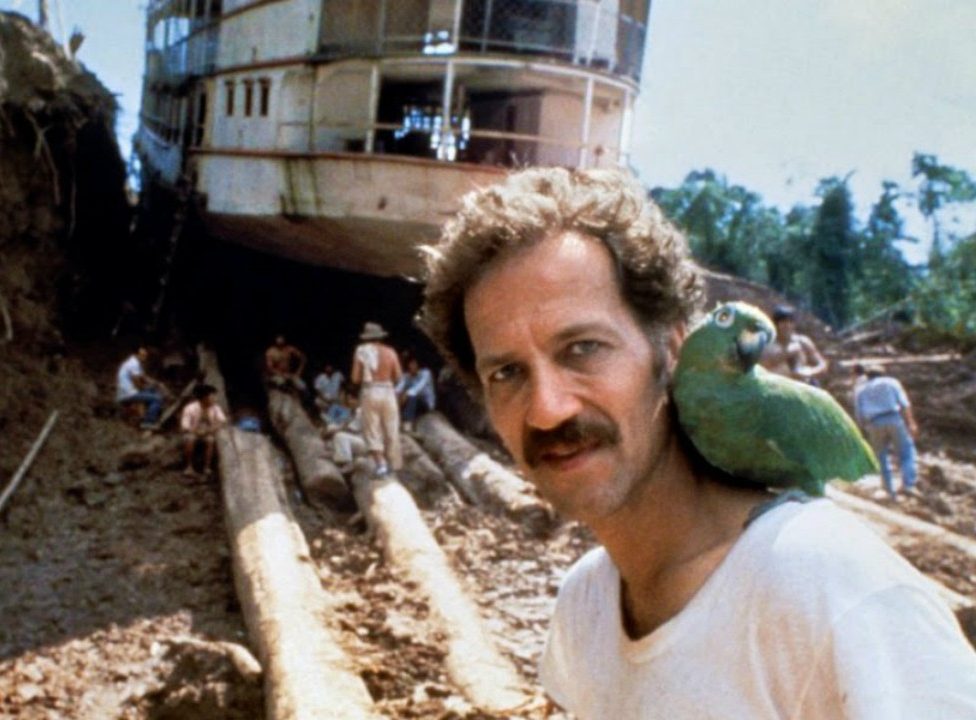
This brutal demand led to immense resentment from the native crew towards Herzog, who began calling himself the Conquistador of the Useless because of his perceived accomplishment.
[rtk_adunit_middle]
The questionable labour practices weren’t the only issue during production either, as the movie’s original star, Jason Robards, dropped out of production halfway through after contracting dysentery.
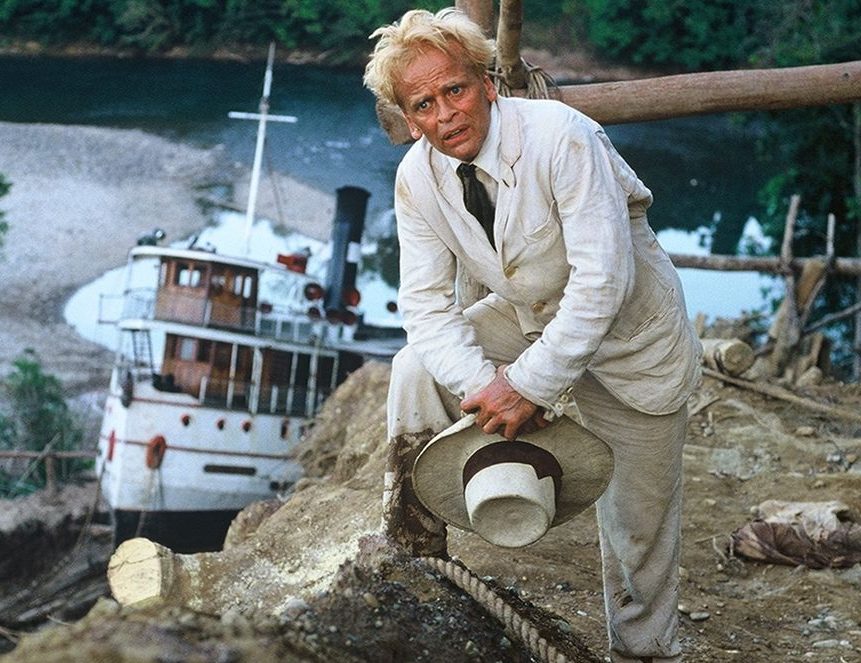
The replacement star, Klaus Kinski, was so awful to work with that one of the native crew members allegedly asked Herzog if the director would like him to kill Kinski.
[rtk_adunit_bottom]
Most alarmingly, a crew member was forced to chainsaw his own foot off after being bitten by a venomous snake.
19. The Conqueror was shot downwind of a nuclear testing site

When you imagine the deadliest movies ever filmed, you probably wouldn’t expect a silly 1956 Genghis Khan biopic starring John Wayne and Susan Hayward to top the list.
[rtk_adunit_top]
Nevertheless, thanks to the film being shot just 137 miles downwind of the US government’s Nevada National Security Site, a nuclear testing ground, the film ended up having a real-life body count of around 46 members of the cast and crew.

Both the local residents and the studio were reassured that the nuclear testing presented zero danger to humans.
[rtk_adunit_middle]
However, when a statistically above-average number of the cast and crew were diagnosed with cancer in the years following the film’s release, people began to suspect that the nuclear testing was to blame.

By 1980, 91 out of the 220 members of the cast and crew members had contracted cancer, and 46 of them had died.
[rtk_adunit_bottom]
Amongst those who died were stars Agnes Moorehead, Pedro Armendáriz, Susan Hayward and John Wayne, though Wayne blamed his alcohol and cigarette habits for his own cancer diagnosis.
18. The Mafia put up the funding for Winter Kills – and killed one of the producers

Winter Kills is a black comedy thriller with a star-studded ensemble that includes everyone from John Huston and Jeff Bridges to Anthony Perkins and Elizabeth Taylor.
[rtk_adunit_top]
A familiar cast, then, but everything else about this movie – from its producers to its way of securing financing – was unusual right from the very beginning.
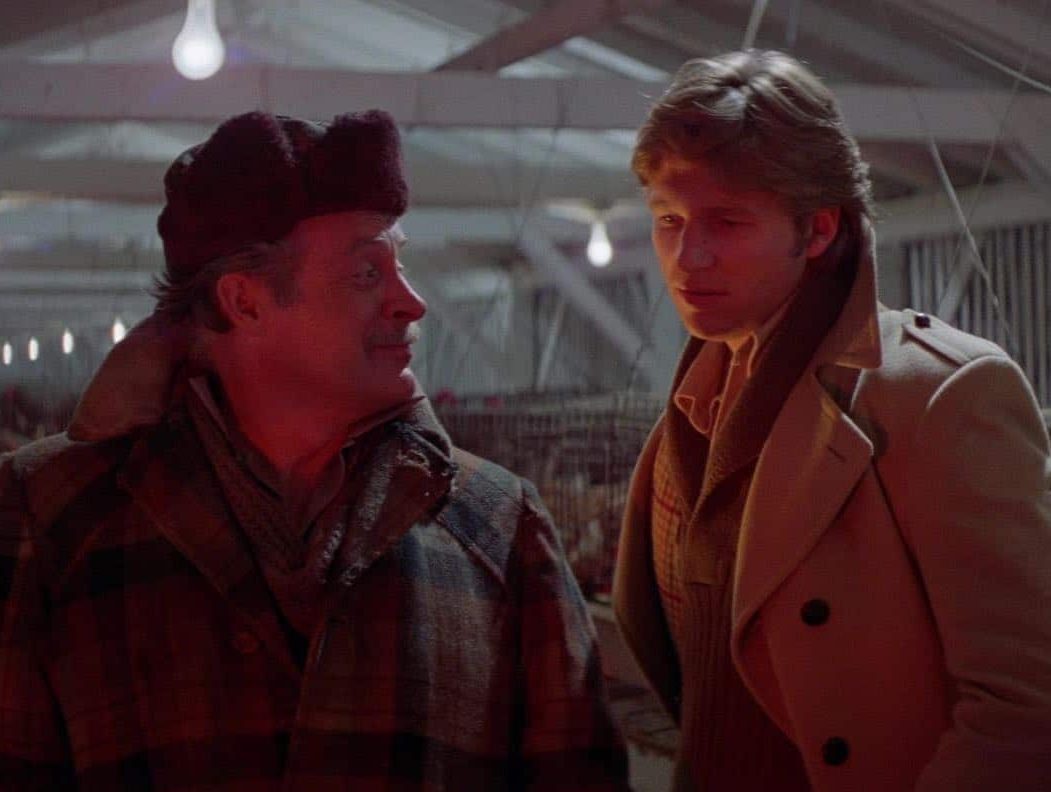
The movie had as producers Robert Sterling and Leonard Goldberg, two individuals who were most famous for producing softcore adult films. Not only that, but the pair secured a significant portion of their financing from the Mafia, which still didn’t prevent the production from going over budget and the money drying up.
[rtk_adunit_middle]
Throughout the second half of the shoot, actors were paid by being summoned to a random hotel room and being given envelopes of well-used bills, but even that stopped happening eventually.
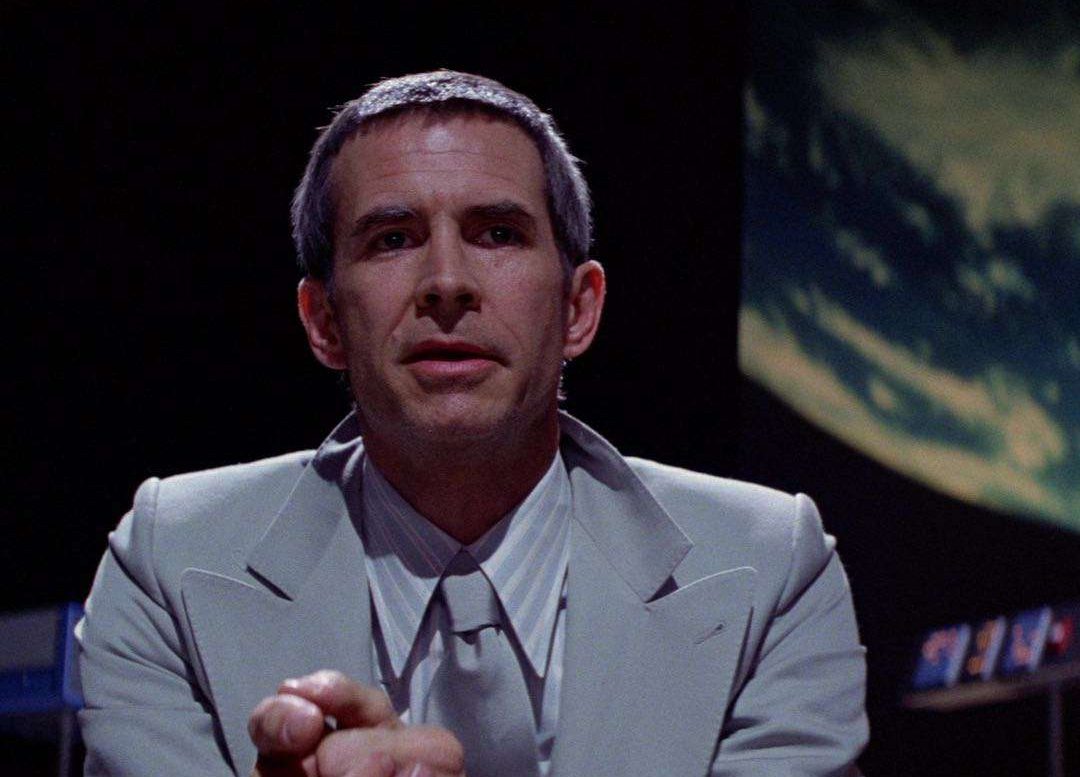
After the actors began working for free in the hopes that they’d be paid after the film’s release, Leonard Goldberg was found dead in his hotel room, presumably murdered by the Mafia due to his failure to pay them back.
[rtk_adunit_bottom]
The film’s other producer, Robert Sterling, made it out of the production alive, but was sent to jail for 40 years soon after for drug trafficking. Yikes.
17. Heaven’s Gate treated its animals horrifically

Heaven’s Gate started out with a budget of $12 million, which nearly quadrupled over the course of the production thanks to Michael Cimino’s boundless perfectionism.
[rtk_adunit_top]
Cimino demanded all the sets be torn down and rebuilt from scratch when it transpired that the streets needed to be six feet wider to be historically accurate, and he used over a million feet of film trying to create an entirely authentic Western epic.

The film has become infamous for Cimino’s demanding approach to directing and the fact that it only made $3.5 million back at the box office on a $44 million budget, but most of all for its horrific treatment of animals on set.
[rtk_adunit_middle]
Heaven’s Gate even led to animal rights reforms in Hollywood, due to accusations of horrendous animal abuse during production.
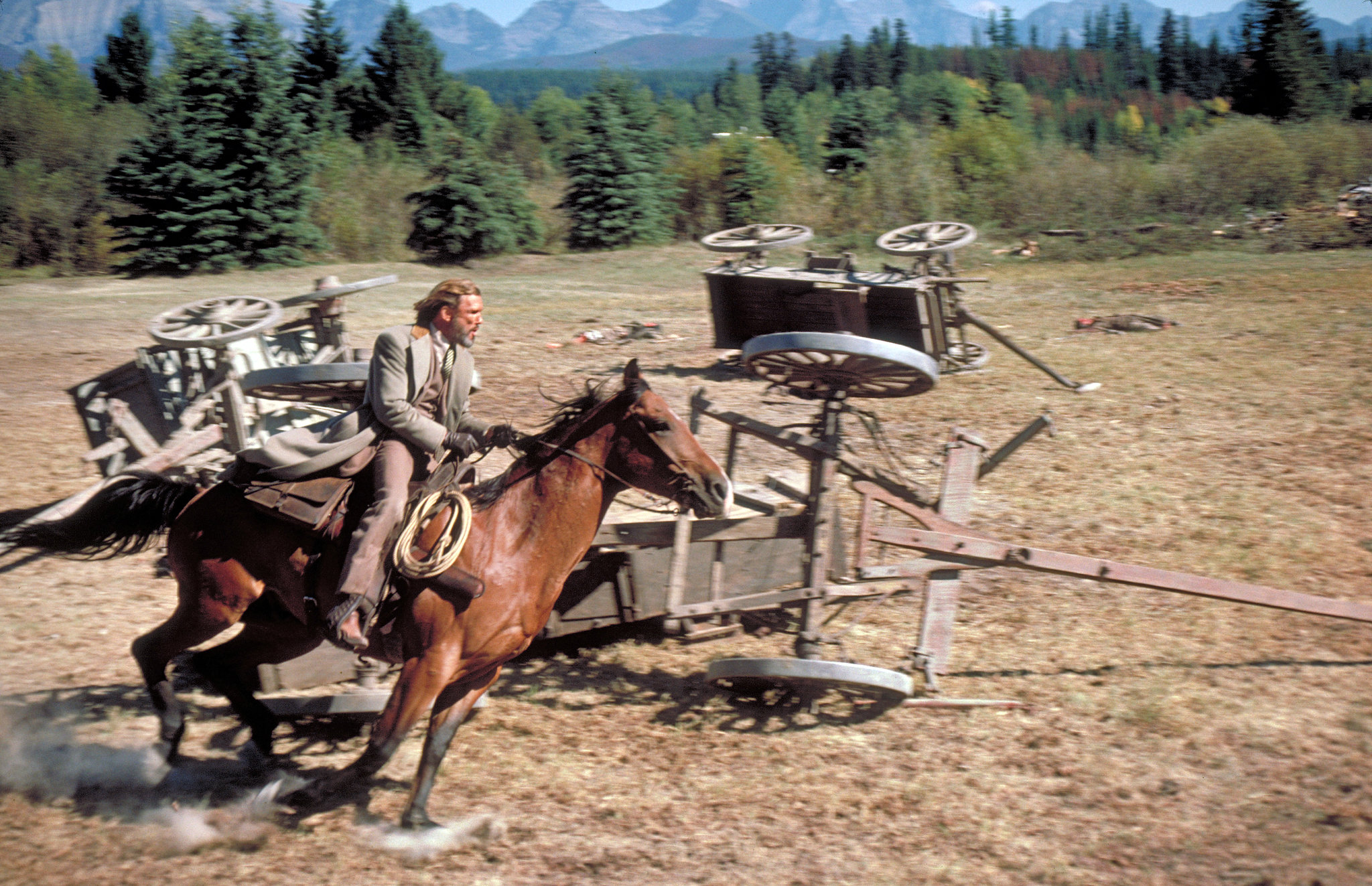
The charges made against the film include the staging of real hen fights, cows being disembowelled so their intestines could be used as ‘props’ and several horses being bled so actors could smear the blood on their faces.
[rtk_adunit_bottom]
It was even alleged that dynamite was at one point used on set to blow up a live horse.
16. A prop error on The Crow killed the leading man

The Crow tells the story of a murdered man who comes back to life as a vengeful vigilante, in order to rid the city of the crime that led to the deaths of both himself and his girlfriend.
[rtk_adunit_top]
However, even before its release the film was infamous for containing one of the most extreme examples of tragic mismanagement on set, as lead actor Brandon Lee was killed during production.

Lee died filming a fairly routine stunt, during which he was supposed to be shot with a real gun that had been altered to contain fake bullets.
[rtk_adunit_middle]
Due to the fact that an altered dummy bullet was left in the chamber of a real 44 Magnum, Lee tragically was shot and died for real.
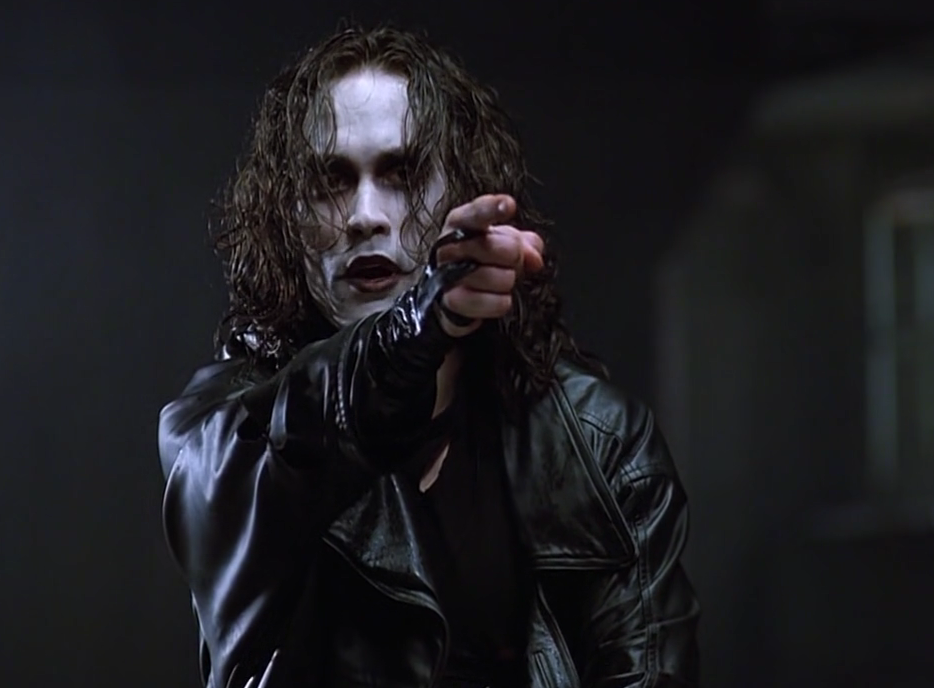
Though Lee’s death is the most famous example of it, that wasn’t the only time The Crow’s production went awry.
[rtk_adunit_bottom]
Along with the gunshot stunt gone fatally wrong, a crew member accidentally stabbed a screwdriver through his hand, a sculptor drove his car through the studio in a fit of rage and a crane was accidentally driven into live power lines.
15. Ed Harris and James Cameron almost drowned shooting The Abyss

After the success of The Terminator and Aliens, writer-director James Cameron took on his most ambitious project yet with The Abyss, an epic sci-fi thriller set almost entirely underwater.
[rtk_adunit_top]
The nature of the shoot required the cast and crew to be trained as divers, and the bulk of the production took place in two large, specially constructed water tanks in South Carolina.
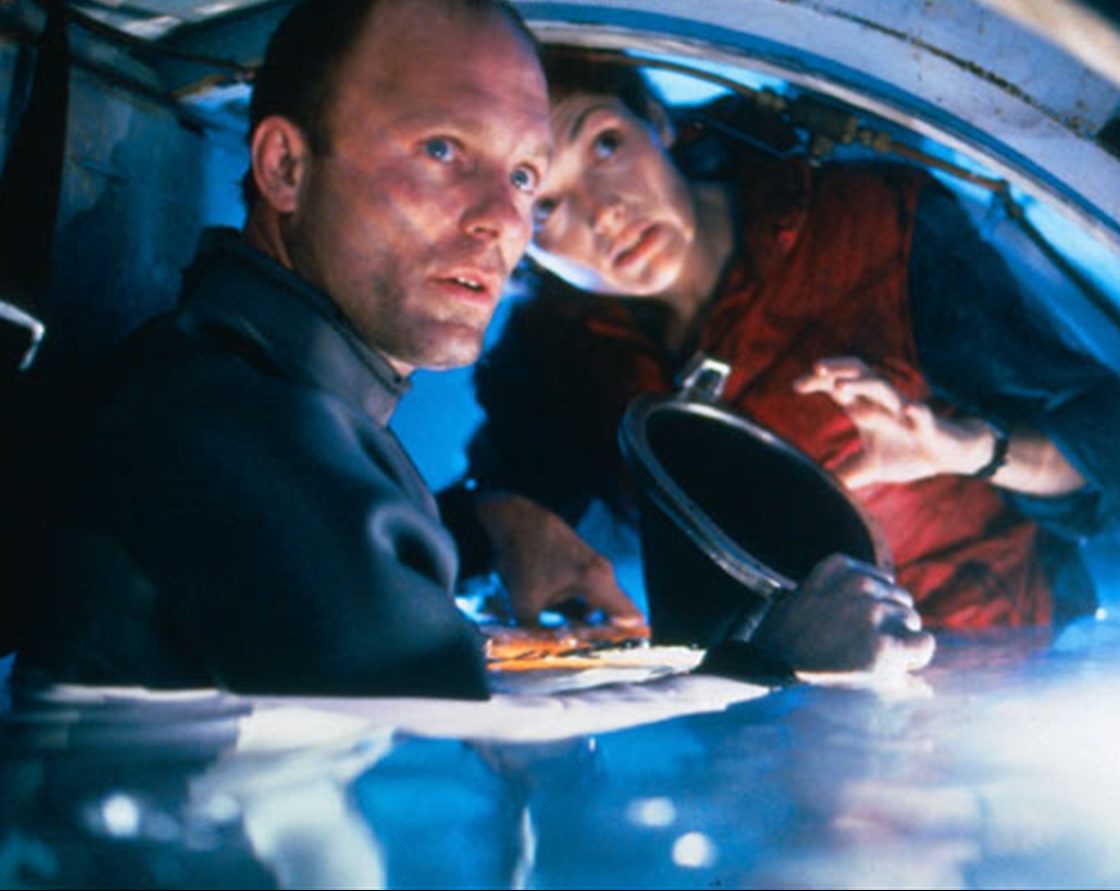
Shooting for over six months, six days a week in this dark and oppressive space took its toll physically and emotionally on everyone – and things were only made worse by how hard a taskmaster Cameron was.
[rtk_adunit_middle]
Ed Harris came close to drowning during one sequence, when a crew member gave him an oxygen tube that accidentally pumped water down his throat. Later, when the actor learned that James Cameron had kept the camera rolling while all this was happening, Harris punched his director in the face.

Harris wasn’t the only person on the movie to suffer such a near-miss; even Cameron himself almost drowned at one point. On top of this, spending so much time in the water left all the cast and crew with painful burns from overexposure to chlorine, which began to bleach their skin.
[rtk_adunit_bottom]
Harris and co-star Mary Elizabeth Mastrantonio are both known to have had emotional breakdowns whilst shooting The Abyss, and still generally refuse to discuss the film in interviews.
14. Apocalypse Now was shot in the middle of an actual war
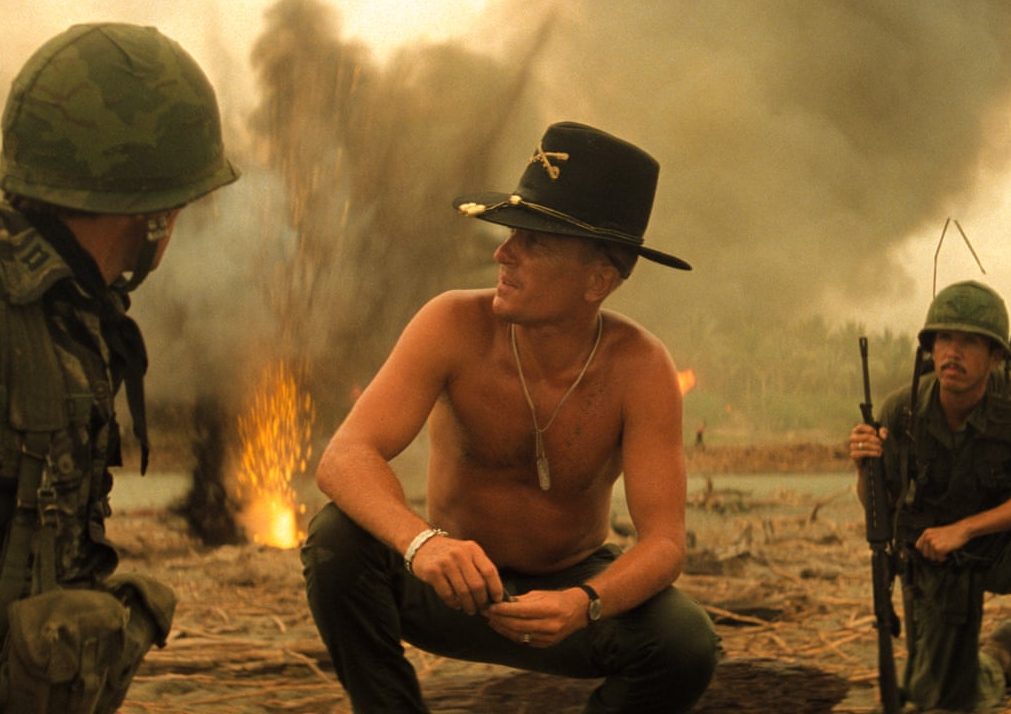
Director Francis Ford Coppola’s 1979 epic Apocalypse Now has earned a special place among the great films whose behind-the-scenes story is as legendary as anything in the film itself.
[rtk_adunit_top]
A modernised retelling of Joseph Conrad’s novella Heart of Darkness set during the Vietnam War, Apocalypse Now was (like many other Vietnam movies) shot in the Philippines – whilst an actual civil war was in progress.
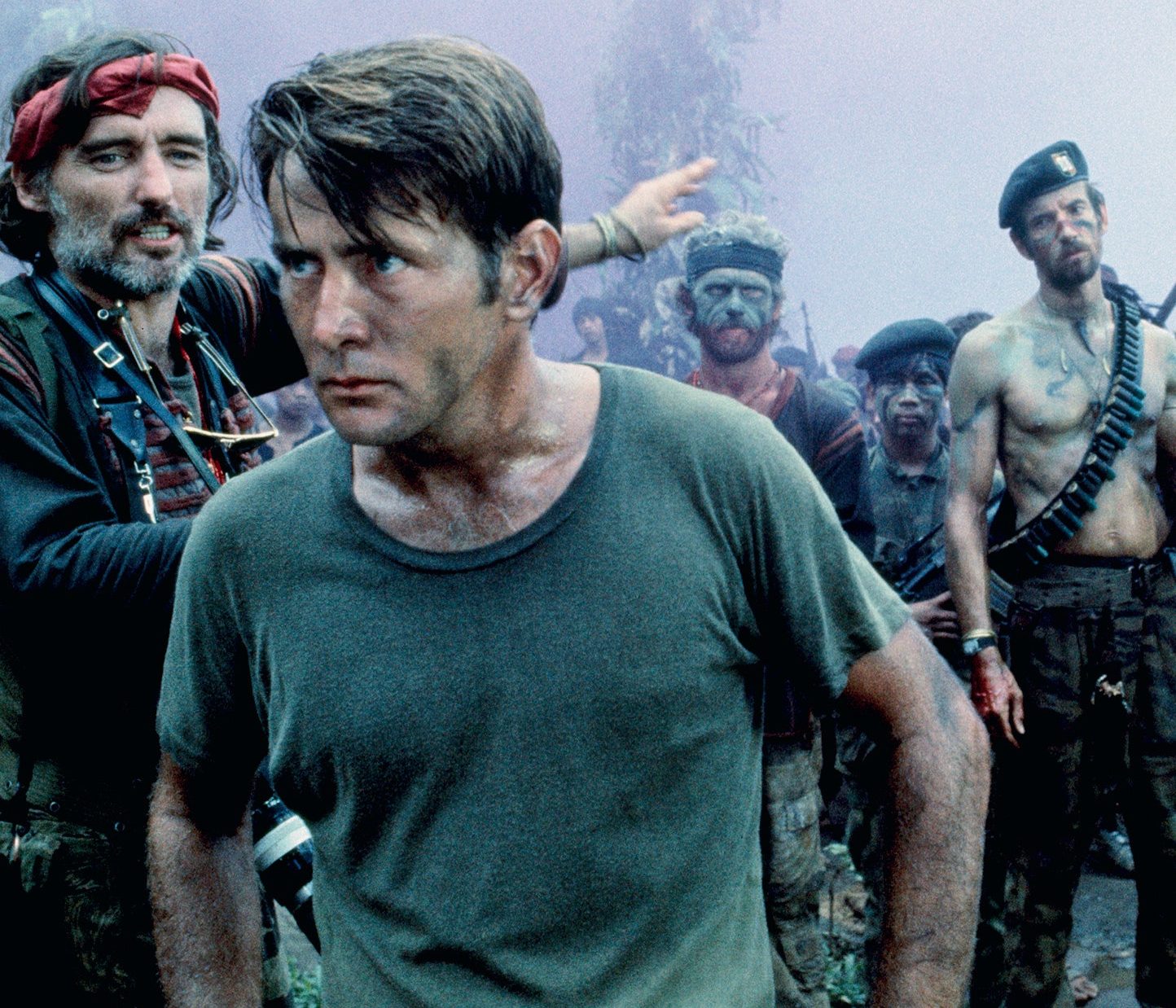
As well as the political instability, the Philippines locations also presented significant challenges because of the weather. During the shoot, a mighty typhoon hit, and wound up obliterating the set.
[rtk_adunit_middle]
In the midst of all this, the cast and crew of Apocalypse Now found themselves under severe emotional strain, with an obsessive and relentless Coppola determined to keep pushing forward despite all the difficulties, not least of which was the rapidly ballooning budget (which added particular pressure for Coppola, who invested $30 million of his own money in the film).

Drug use on set was widespread, and the pressure reached such highs that actor Martin Sheen not only suffered a nervous breakdown, but was also struck down by a heart attack.
[rtk_adunit_bottom]
Apocalypse Now also courted controversy – and continues to to this day – for using genuine footage of a water buffalo being ritualistically slaughtered.
13. Jackie Chan and his co-stars suffered multiple injuries from the stunts in Police Story
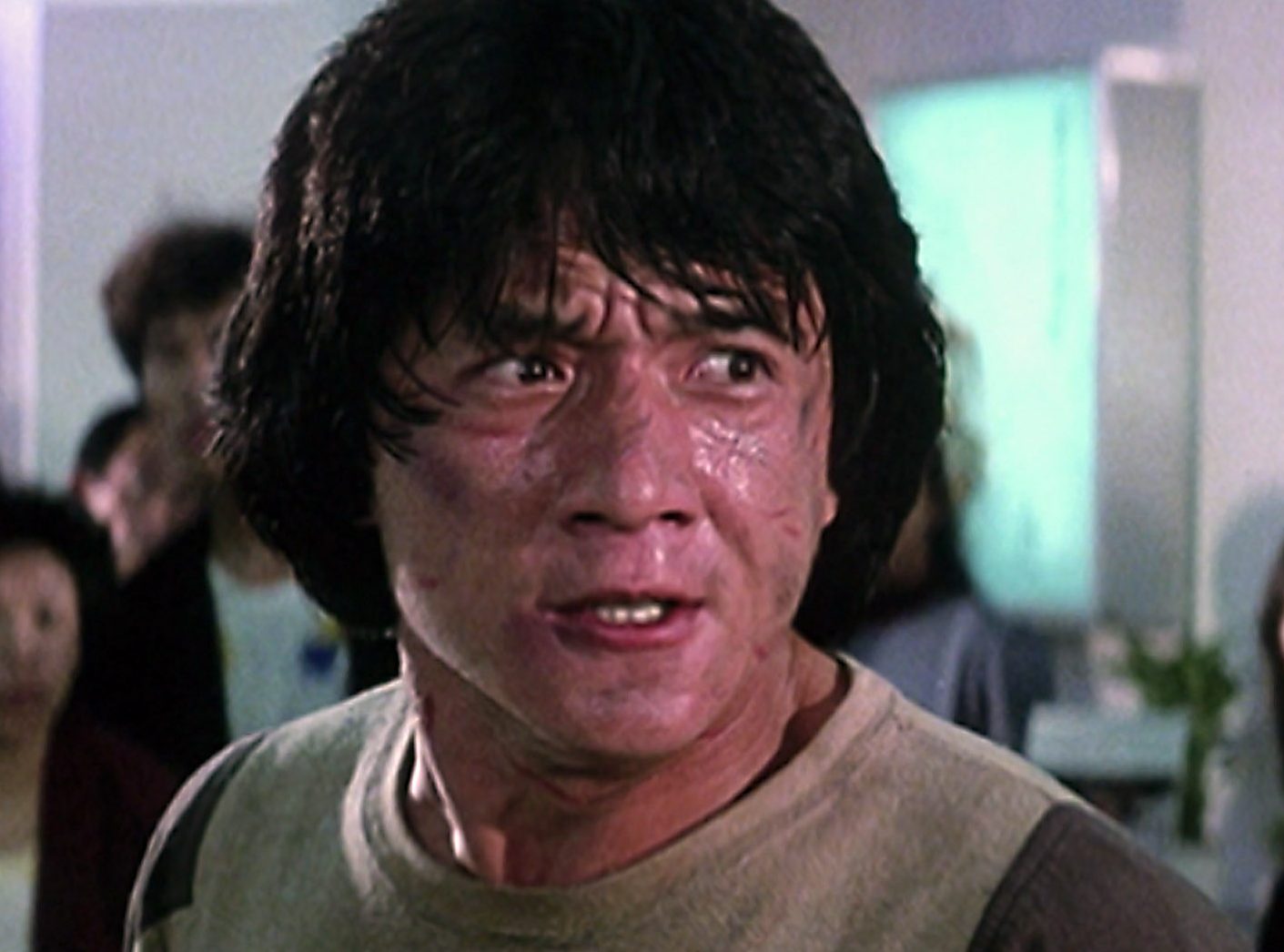
The classic Hong Kong films of martial arts superstar Jackie Chan are celebrated and notorious for the very real danger frequently faced by those involved, including but not limited to their leading man.
[rtk_adunit_top]
In his early days Chan performed all of his own stunts, and health and safety regulations were pretty much non-existent on the Hong Kong sets. Accidental injuries were of course commonplace, and Chan came close to death more than once (his closest call coming on Armour of God).
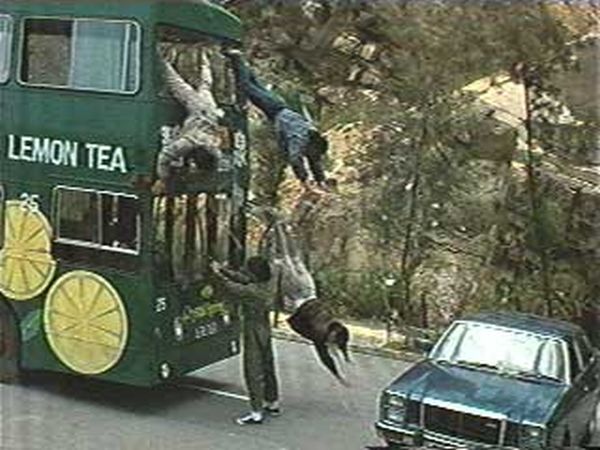
One of the roughest shoots of them all was Police Story, a cop thriller which opens on an eye-opening chase scene in which vehicles plough downhill through a shanty town, and ends up with Chan’s cop stopping a getaway bus at gunpoint.
[rtk_adunit_middle]
As planned and rehearsed, the bus was meant to slam to a halt directly in front of Chan. However, on shooting the scene, the sudden braking unexpectedly sent the stuntmen in the bus hurtling through the windshield. This shot was kept in the final film.

Chan’s own most dangerous moment can be seen in Police Story’s shopping mall climax, when he leaps from the top floor onto a pole covered in electric lights, and slides down to the ground floor. As the lights had significantly heated the pole, Chan suffered second-degree burns performing the stunt (he also dislocated his pelvis on impact with the ground).
[rtk_adunit_bottom]
Police Story was informally nicknamed Glass Story by the cast and crew, owing to the massive amounts of fake sugar glass that was shattered throughout the film, particularly in the climactic showdown.
12. Helen Hunt and Bill Paxton were temporarily blinded shooting Twister

Director Jan de Bont’s large-scale disaster movie Twister may have used a lot of state-of-the-art CGI, but it was also a physically intensive and at times genuinely hazardous shoot.
[rtk_adunit_top]
In order to provide the intense light surges necessary to simulate the film’s extreme weather conditions, Twister made use of some extremely bright lights.
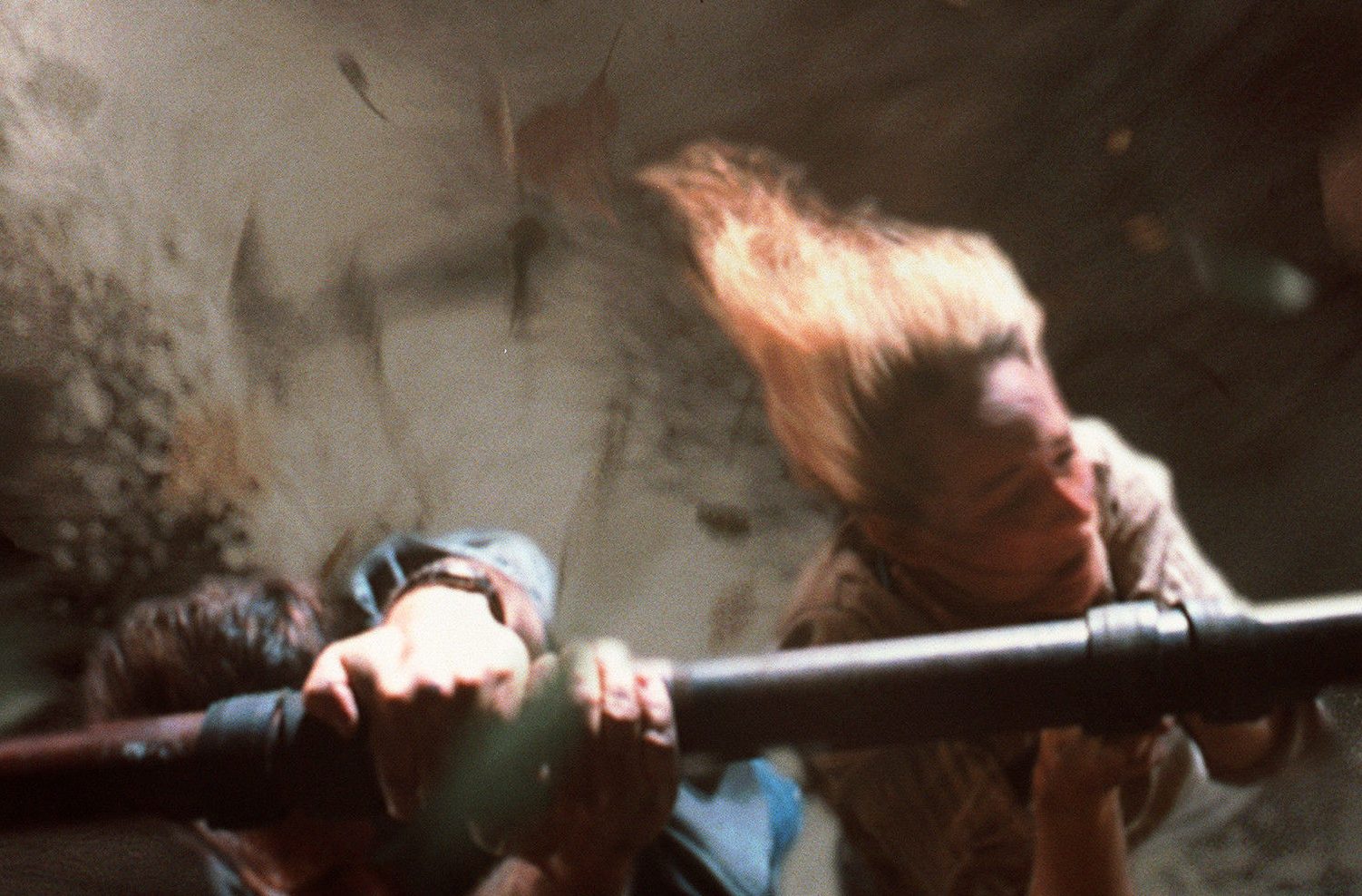
Apparently no one had considered how this would affect the cast and crew, as at one point lead actors Helen Hunt and Bill Paxton were exposed to the full brunt of these lights, and were left temporarily blinded.
[rtk_adunit_middle]
Hunt and Paxton had to spend several days recovering, and were prescribed eye drops and protective sunglasses to help them regain their vision. In the meantime, special filters were added to the lights in question to avoid any more such problems.
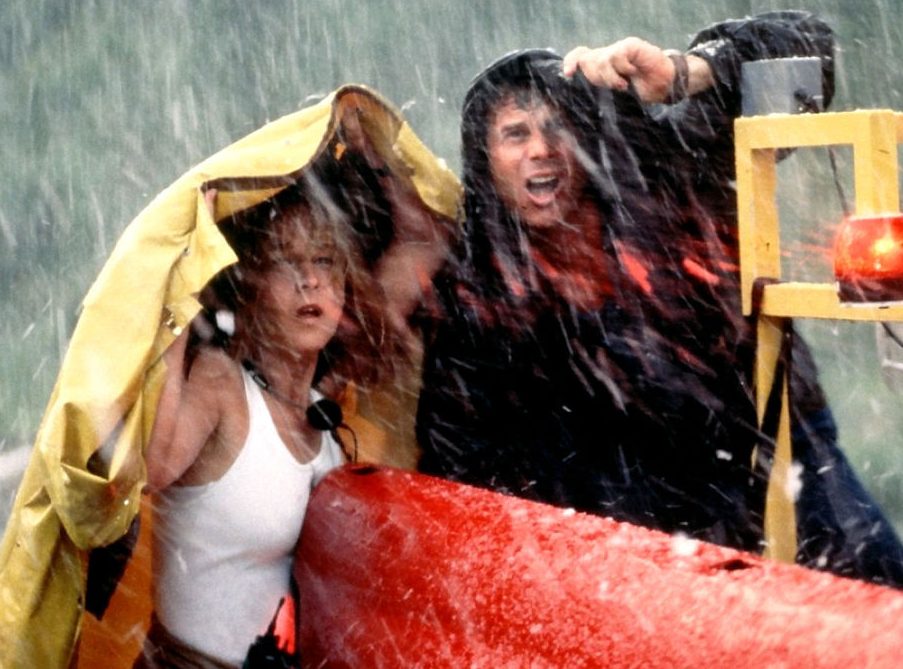
Even so, this was by no means the only hazardous moment on the set of Twister. Hunt and Paxton also both had to be given hepatitis shots after shooting a scene covered in contaminated muddy water, and Hunt may have also suffered a concussion when hit by a car door during a high speed driving scene.
[rtk_adunit_bottom]
There was also a significant amount of tension on set due to Jan de Bont’s methods, with the entire camera crew quitting after the director hit a cameraman for accidentally messing up a shot.
11. Malcolm McDowell suffered permanent eye damage for one scene in A Clockwork Orange
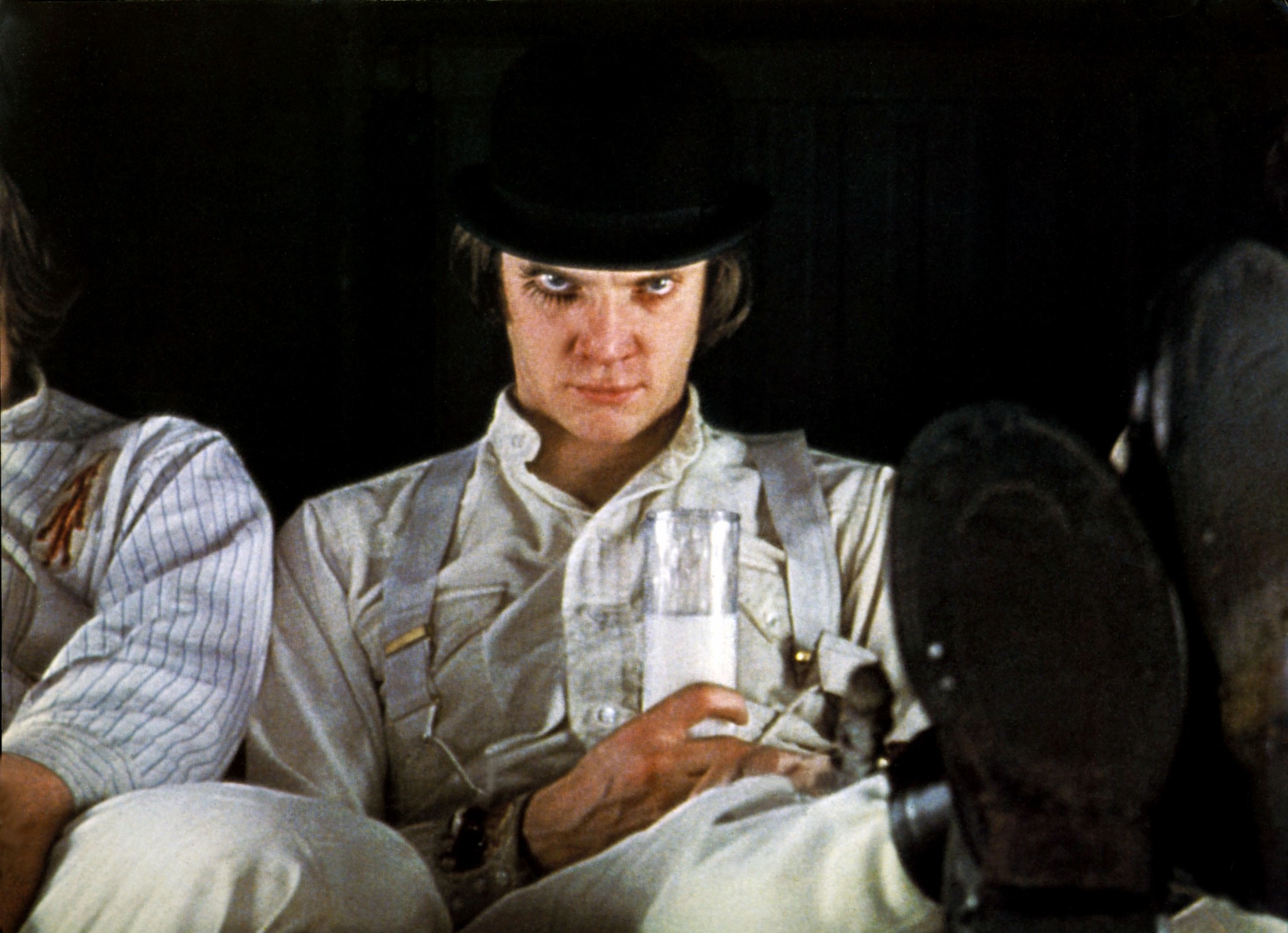
Stanley Kubrick’s 1971 dystopian future thriller A Clockwork Orange has always been as controversial as it is iconic, prompting such outrage in the UK that the director demanded it be withdrawn from British distribution during his lifetime.
[rtk_adunit_top]
While there have been no shortage of debates about the possibly damaging effects of the film, the one person who was truly damaged by A Clockwork Orange was its leading man Malcolm McDowell.
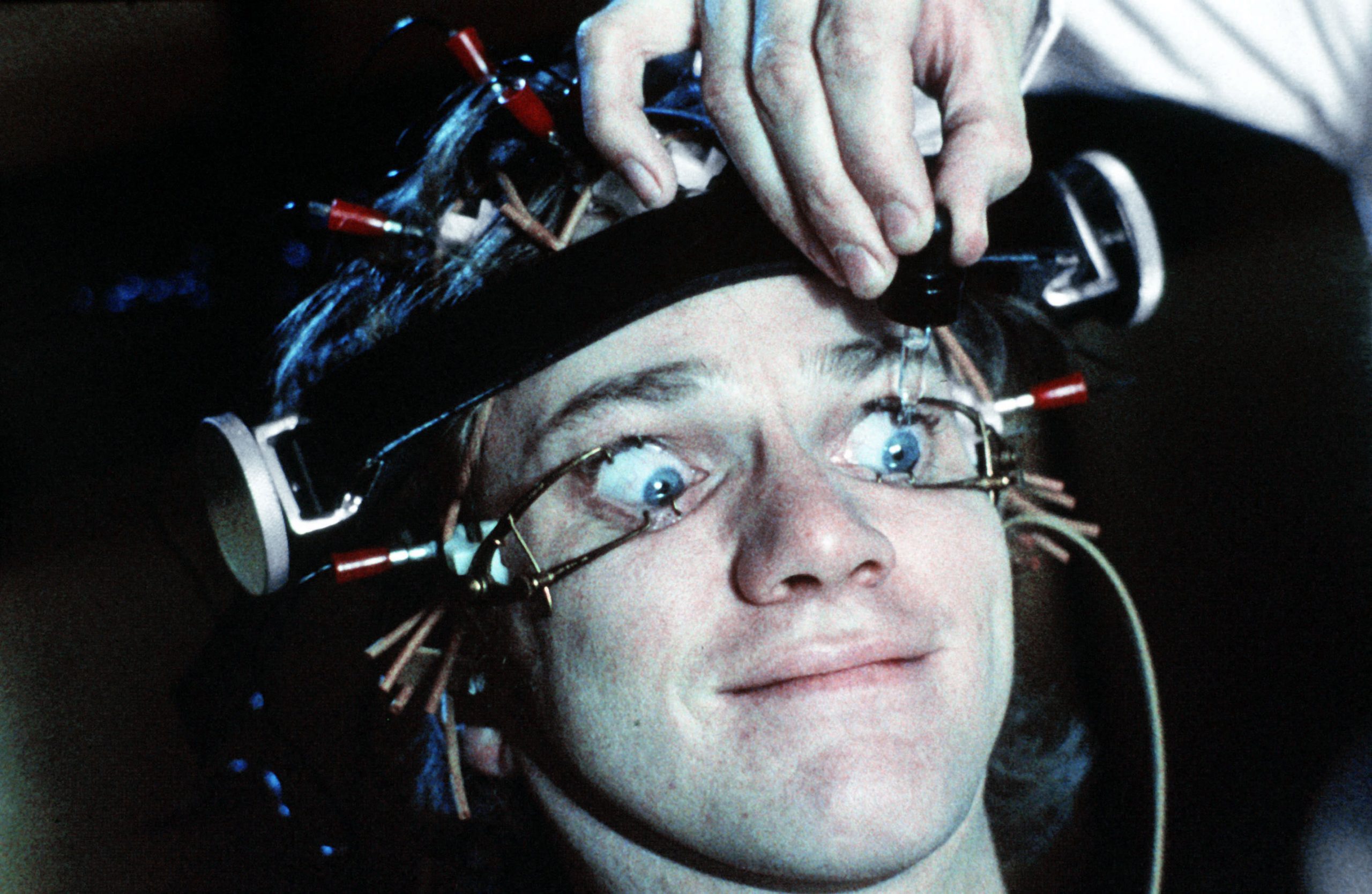
The actor, who portrays violent youngster Alex, is famously strapped down and forced to watch disturbing film footage as part of his ‘rehabilitation.’ To ensure he keeps watching, Alex’s eyes are physically held open by small metal hooks.
[rtk_adunit_middle]
If you’ve ever wondered just how the props people managed to convincingly fake that, the answer is: they didn’t. McDowell’s eyes were indeed held open by real metal hooks for extended periods of time shooting the scene.
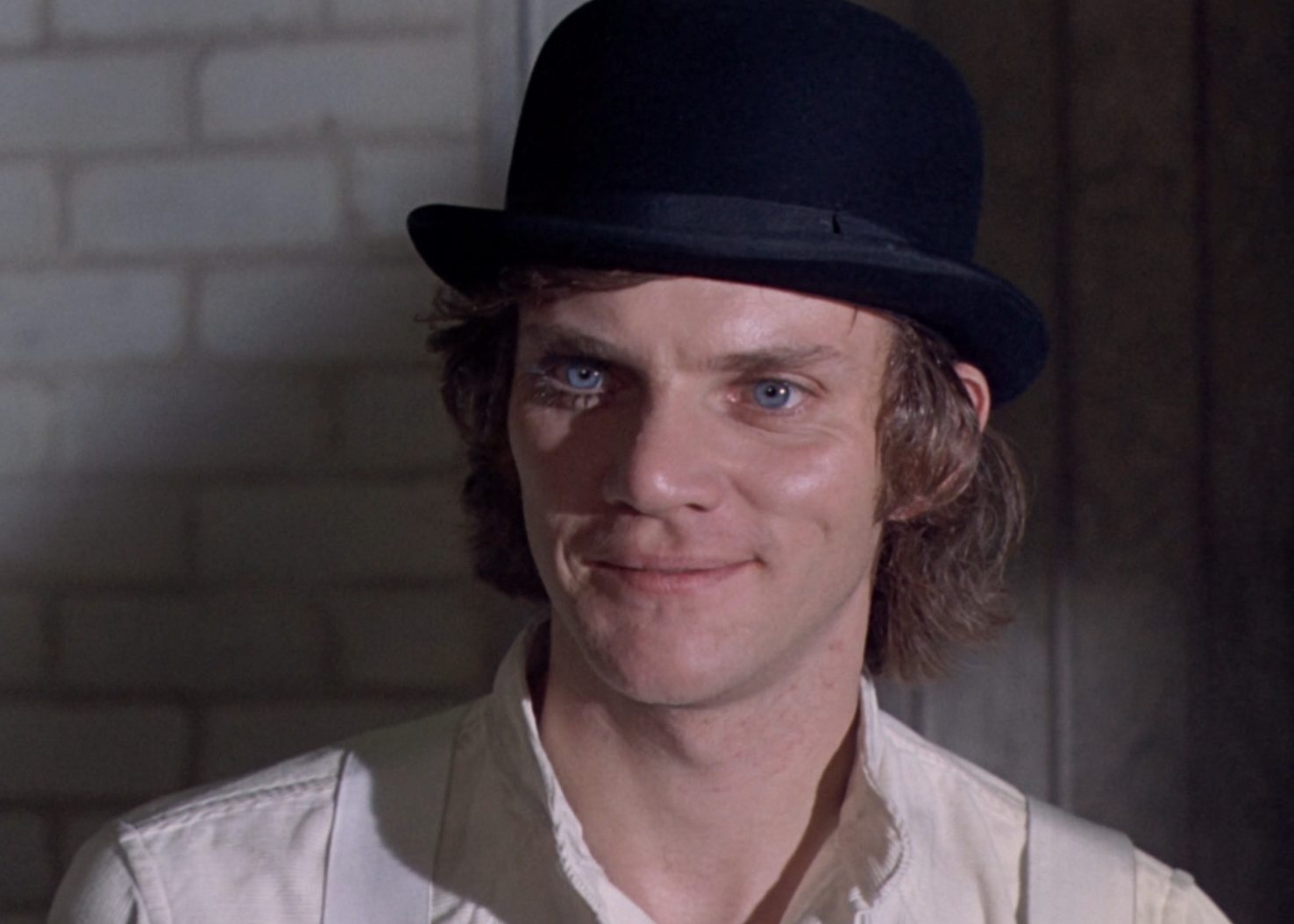
The actor’s corneas were scratched, and he would go temporarily blind afterwards. Permanent damage was done to McDowell’s eyes.
[rtk_adunit_bottom]
As if he hadn’t suffered enough for his art already, McDowell also suffered broken ribs shooting another scene in the movie.
10. No stunt doubles were used on Deliverance
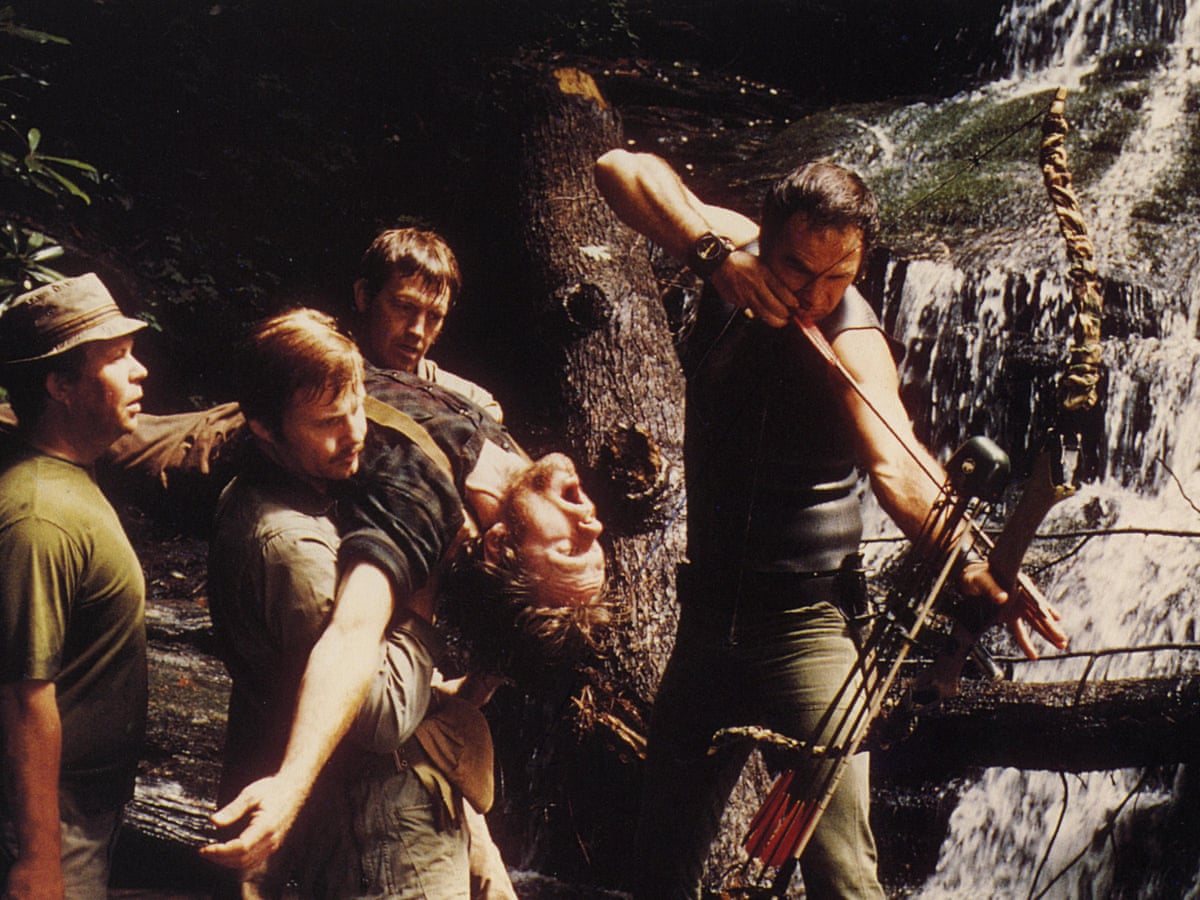
Director John Boorman’s survivalist thriller Deliverance is one of the most famous man-versus-nature movies ever made.
[rtk_adunit_top]
The 1972 film centres on four men from the city who venture into unfamiliar territory for a canoe trip, but soon find themselves truly out of their element and in serious danger.
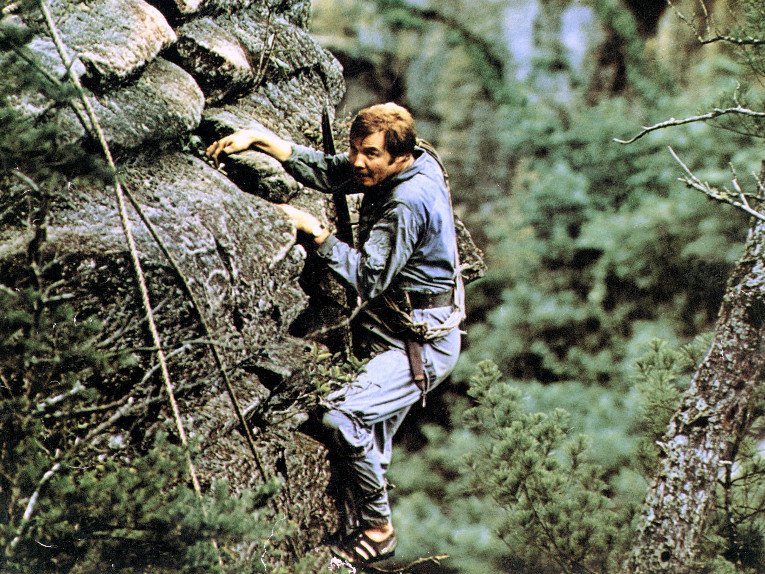
In many ways, this was precisely the situation that Deliverance’s actors found themselves in, as John Boorman insisted that they all do their own stunts.
[rtk_adunit_middle]
One hair-raising sequence sees Jon Voight’s character climbing up a cliff with no ropes or safety equipment. The actor performed this impressive physical feat for real.
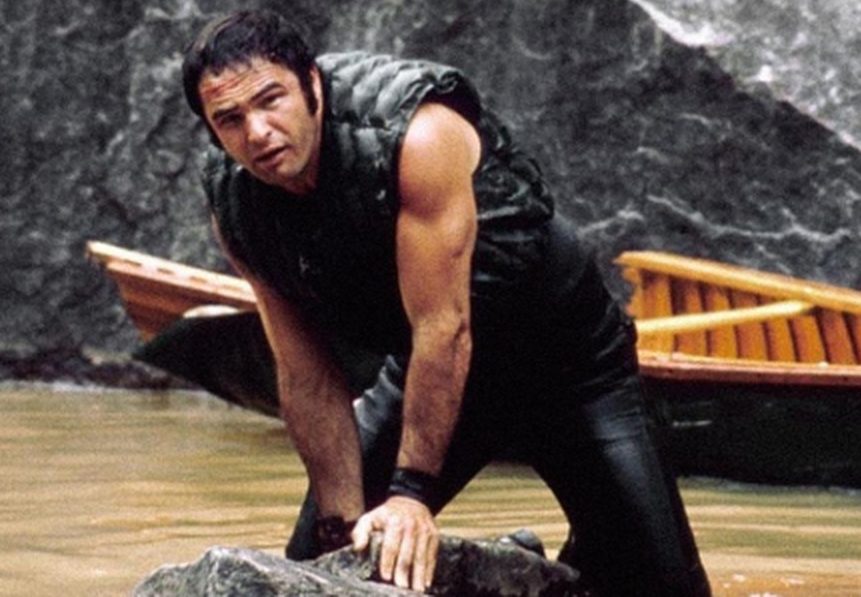
One stunt which was deemed a little too risky saw Burt Reynolds’ character go over a waterfall in a canoe. This was first shot using a dummy, but as this looked unconvincing Reynolds insisted he be allowed to do it himself.
[rtk_adunit_bottom]
Boorman agreed, and Reynolds did indeed go over the waterfall. Unsurprisingly he wound up suffering a concussion after hitting his head on the rocks. When the actor came to he asked the director how it looked; Boorman told him, “it looked like a dummy going over a waterfall.”
9. Almost the entire cast and crew of The African Queen got sick from drinking local contaminated water
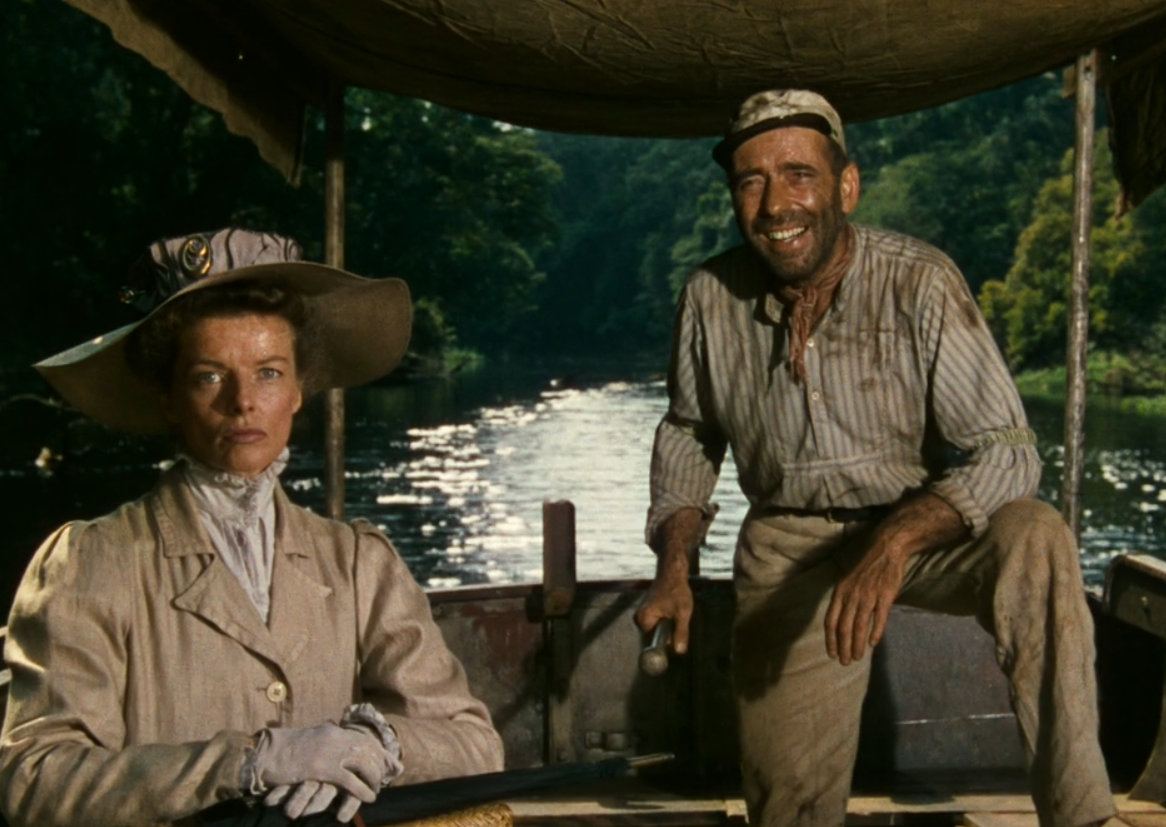
1951 adventure film The African Queen sees Humphrey Bogart and Katherine Hepburn travelling through the Congo on the boat of the title.
[rtk_adunit_top]
Unlike a lot of Hollywood films set in far-off exotic lands, most of The African Queen was actually shot on location in the Congo and Uganda.
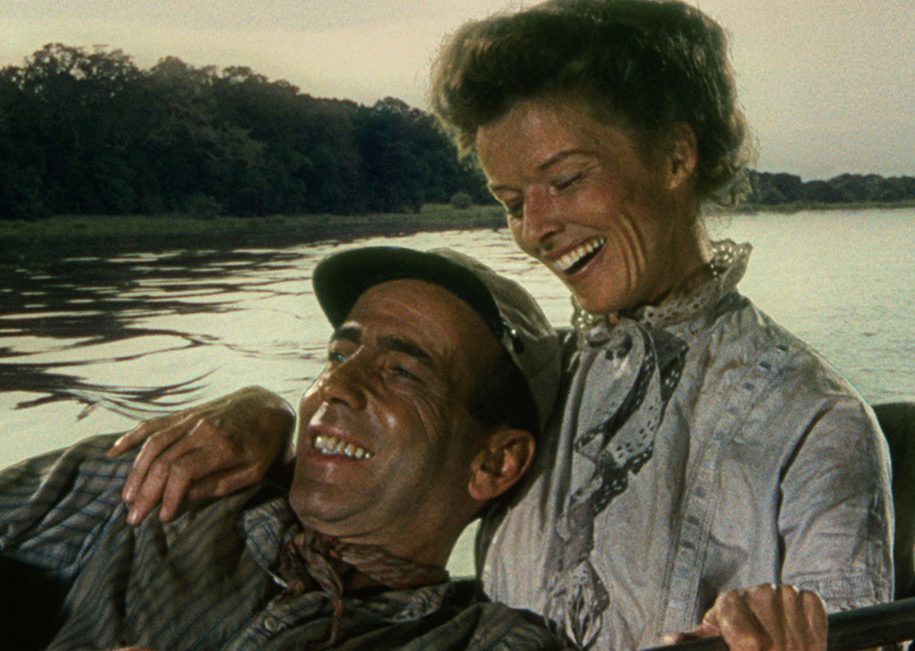
It was rare for American film crews and actors to venture into these parts at the time – and none of them were quite prepared for the experience.
[rtk_adunit_middle]
Quite apart from the gruelling heat, the cast and crew also found out the hard way about what can ensue from drinking the tap water in some parts of the world.
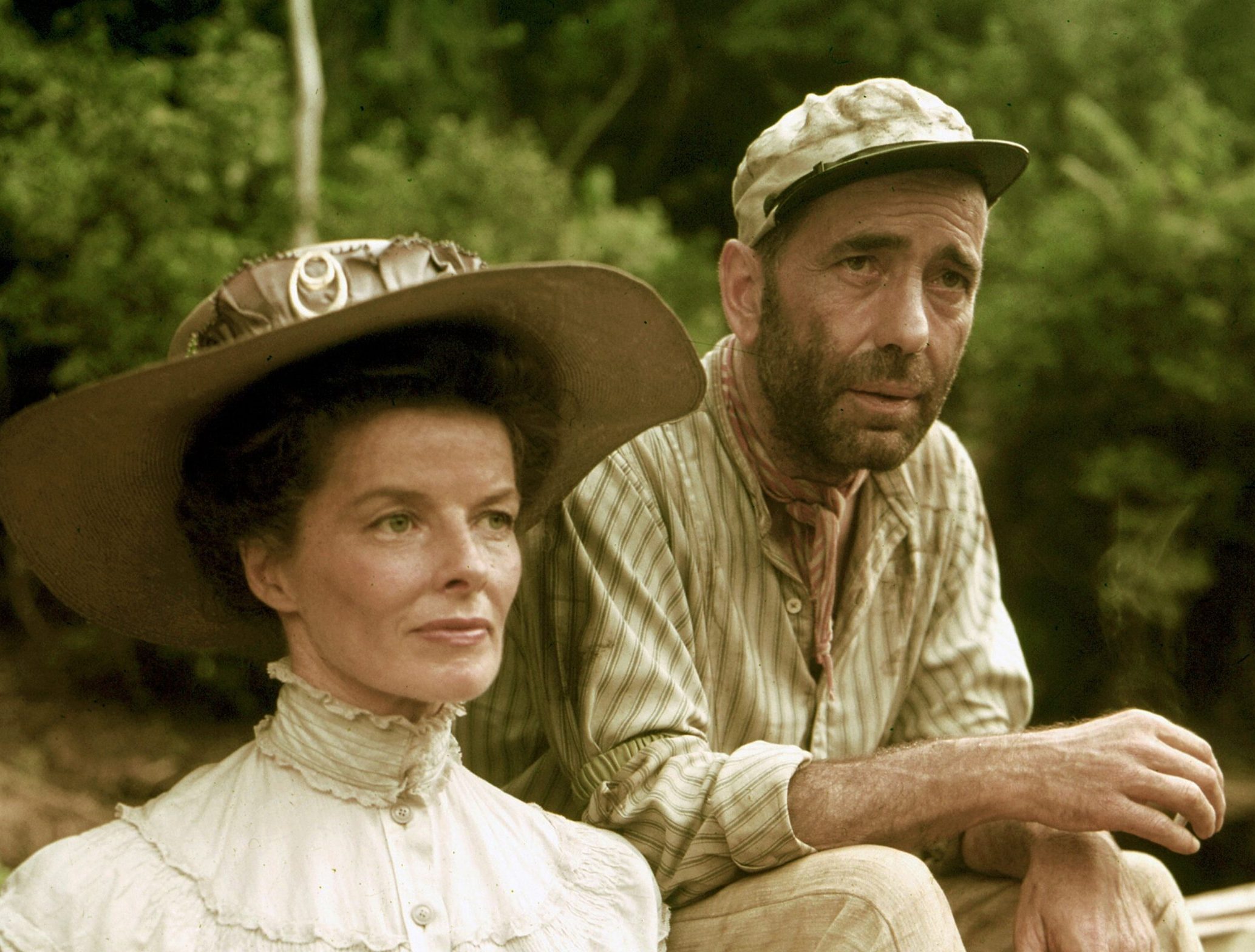
That’s right – pretty much everyone on The African Queen, Katherine Hepburn included, suffered from dysentery whilst shooting the film.
[rtk_adunit_bottom]
Apparently the only ones to avoid getting ill were Humphrey Bogart and director John Huston, who abstained for water in favour of the whiskey they’d brought from back home.
8. Jim Caviezel was struck by lightning and whipped for real shooting The Passion of the Christ

Few 21st century films have garnered such attention and whipped up quite so much debate as Mel Gibson’s 2004 biblical drama The Passion of the Christ.
[rtk_adunit_top]
Jim Caviezel portrays Jesus Christ in a relentlessly graphic and brutal depiction of the last hours of his life, leading up to the crucifixion.
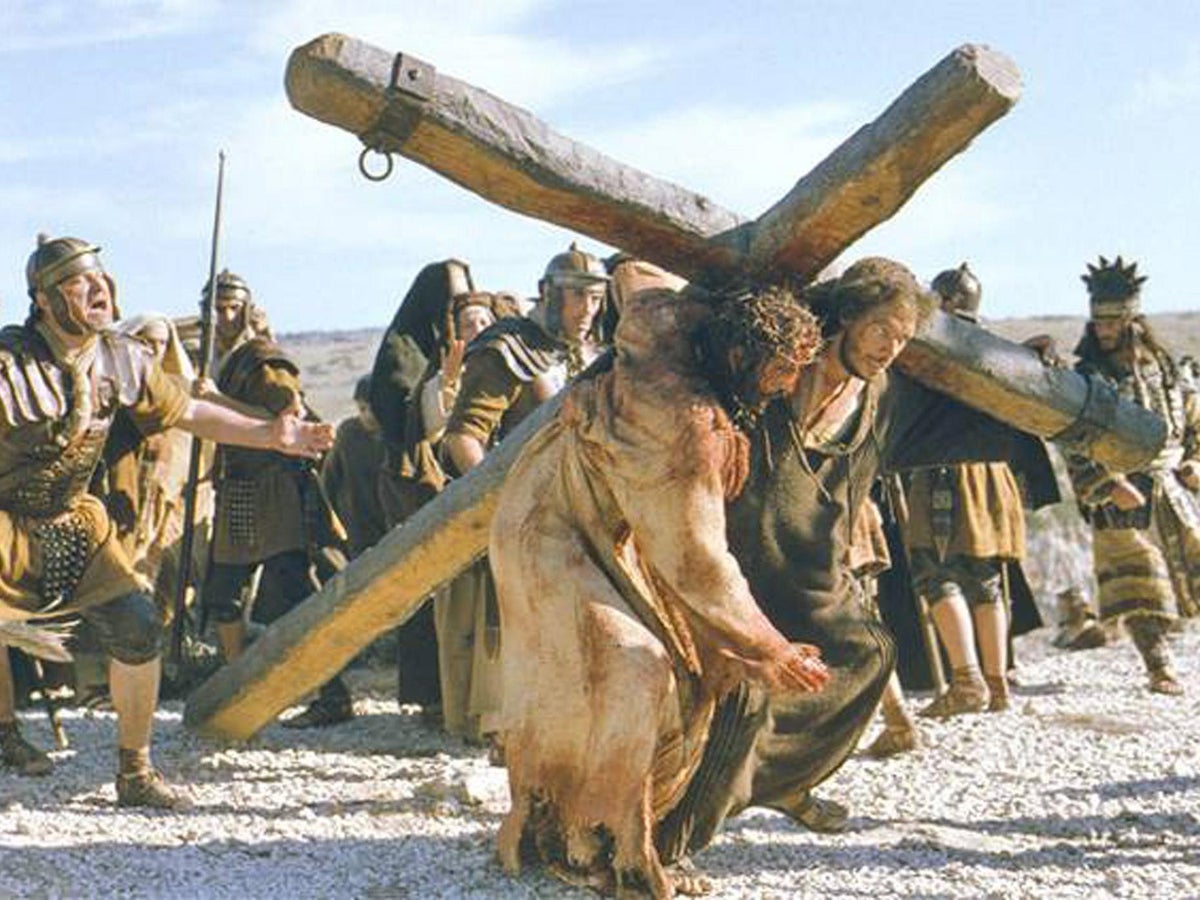
The Passion of the Christ prompted heavy criticism for its lingering emphasis on the pain and suffering endured by Christ, so it’s not entirely unexpected that actor Caviezel suffered quite a bit for real.
[rtk_adunit_middle]
For one thing, when we see Christ carrying his cross, that wasn’t a lightweight prop but a real wooden cross weighing around 150 pounds.
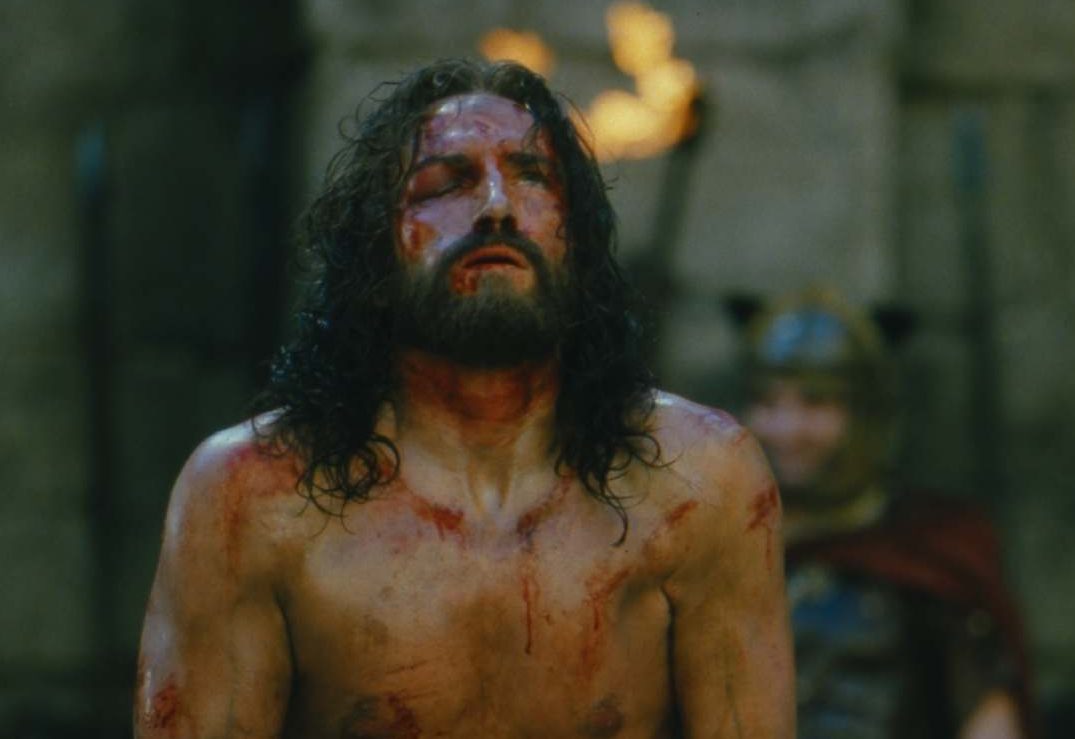
We’re also shown Christ being whipped repeatedly – and while safety measures were taken, Caviezel wound up accidentally getting the full brunt of the whip for real, leaving him with a 14-inch scar on his back.
[rtk_adunit_bottom]
Perhaps most alarmingly, at one point during filming Caviezel was also struck by lightning, not long after the very same thing had happened to production assistant Jan Michelini.
7. A stunt pilot was lost at sea shooting Top Gun
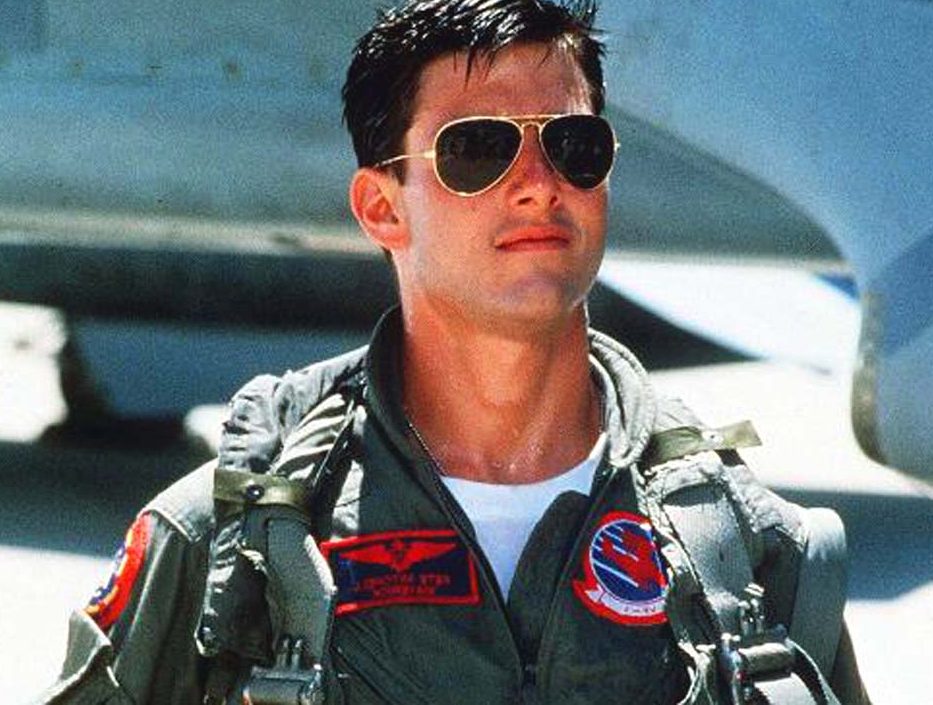
When Top Gun came screaming onto screens in 1986, it made Tom Cruise a superstar, and left millions dreaming of becoming fighter pilots. (Applications for such roles in the US Navy skyrocketed, so to speak.)
[rtk_adunit_top]
A huge part of the enduring appeal of Tony Scott’s aerial action drama is its use of bona fide footage of fighter jets, with minimal use of special effects.

Of course, the fact that real jets were used to pull off daring feats meant that some serious risks were being taken – and one pilot, Art Scholl, paid the ultimate price.
[rtk_adunit_middle]
Seasoned aerobatic pilot Scholl was hired to capture first-person perspective aerial camera shots, and was required to pull off a spin in the air.
- Credit: Smithsonian’s National Air and Space Museum
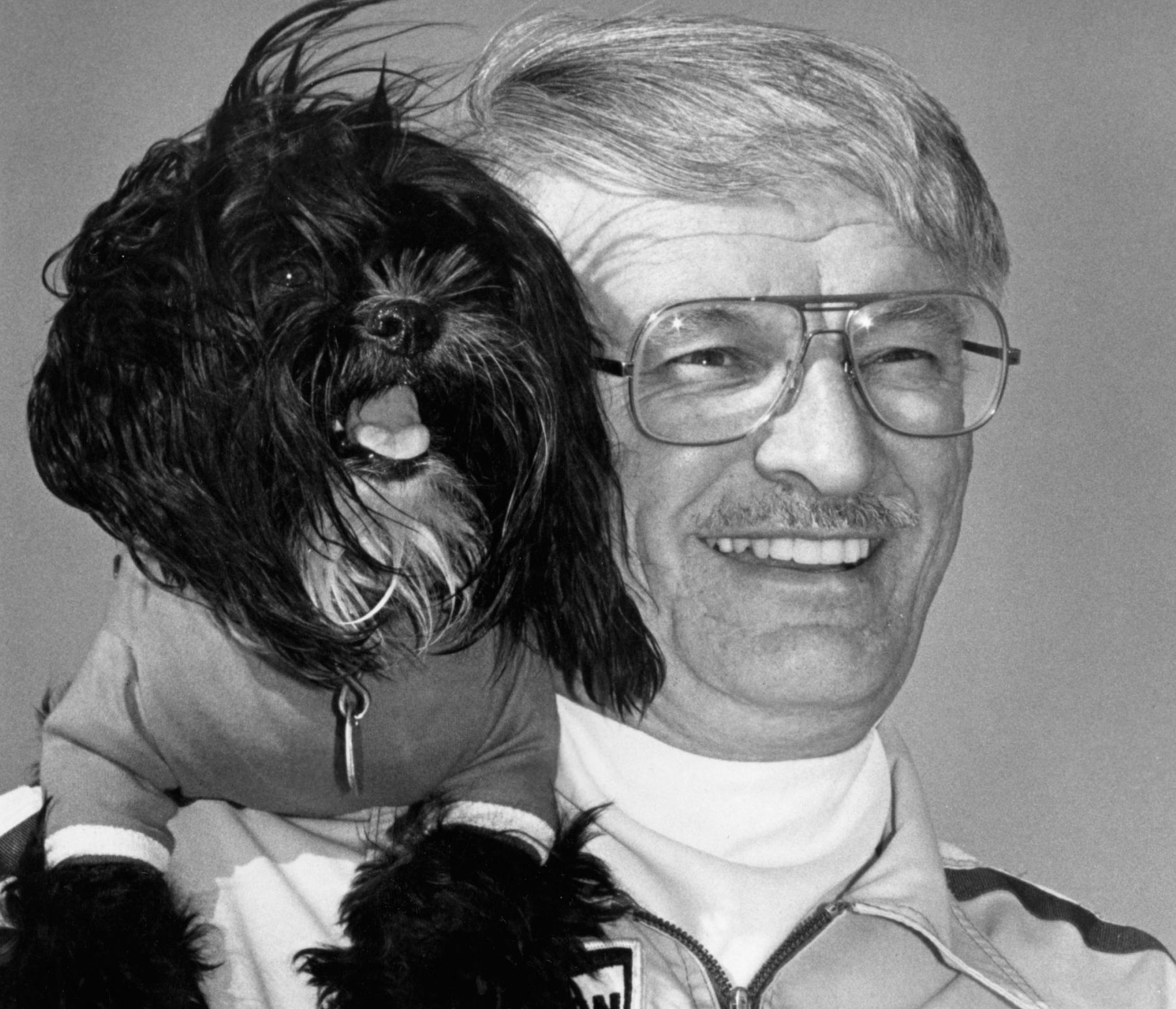
Tragically, something went wrong: Scholl was unable to regain control of his vehicle, and crashed into the Pacific ocean.
[rtk_adunit_bottom]
Top Gun was officially dedicated to the memory of Scholl. Neither his body nor his aeroplane were ever found.
6. Kate Winslet suffered hypothermia and almost drowned making Titanic
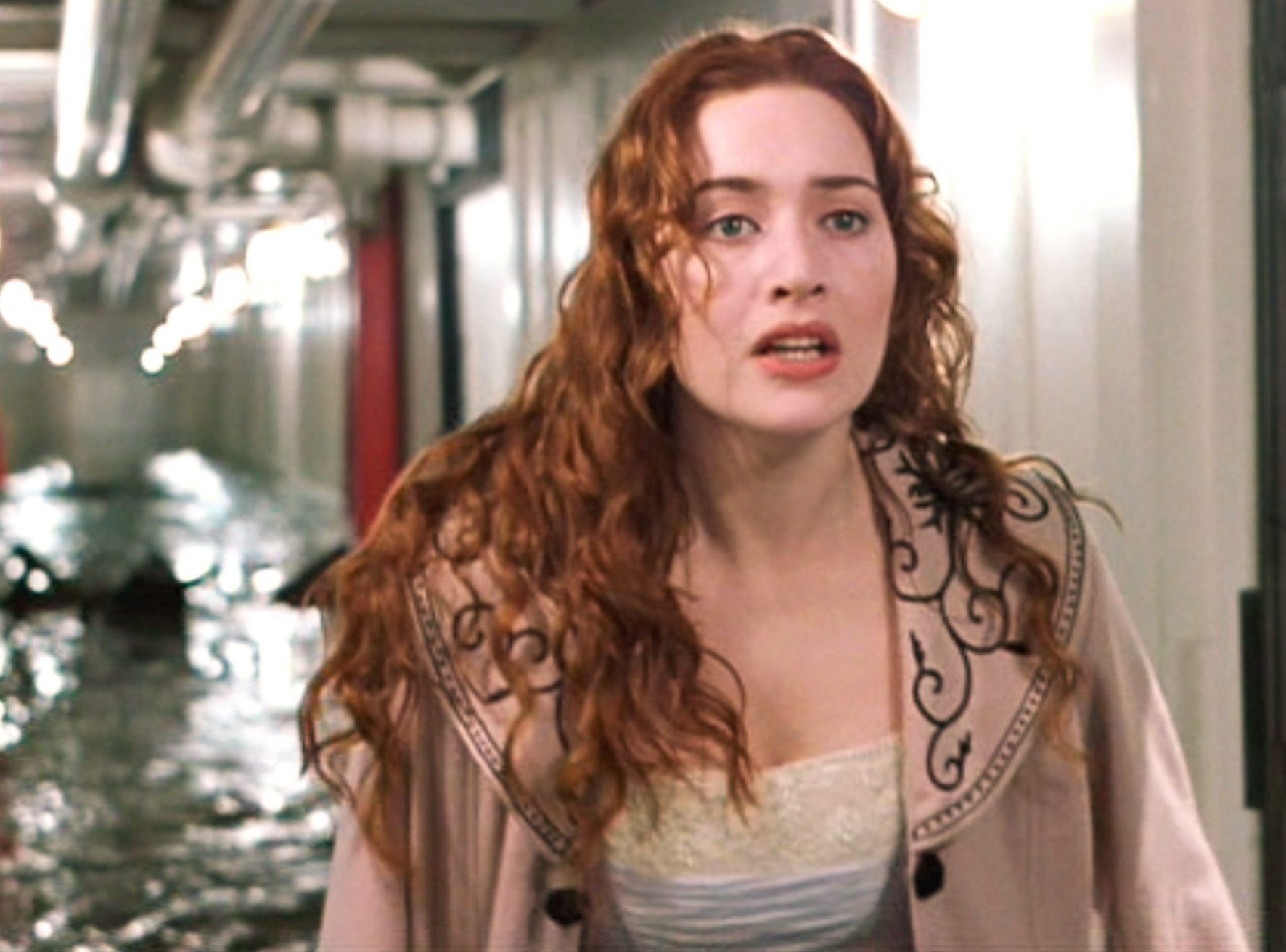
As already proven by The Abyss, the combination of director James Cameron and a watery setting might make for an entertaining movie, but it does not guarantee a fun time for the cast and crew.
[rtk_adunit_top]
Cameron’s 1997 passion project Titanic gave a fictionalised account of the legendary real-life catastrophe, which saw the supposedly unsinkable ship plummet to the depths after striking an iceberg on its maiden voyage.

Fittingly for a film dealing with such a disaster, there was no shortage of catastrophes on the set of Titanic. Many cast members and extras were injured shooting the film, particularly when it came to shooting the pivotal scenes of the ship sinking.
[rtk_adunit_middle]
Spending so much time in the water took its toll physically on the cast and crew. After shooting one soggy scene without a protective wetsuit under her costume, leading lady Kate Winslet was struck down with hypothermia.
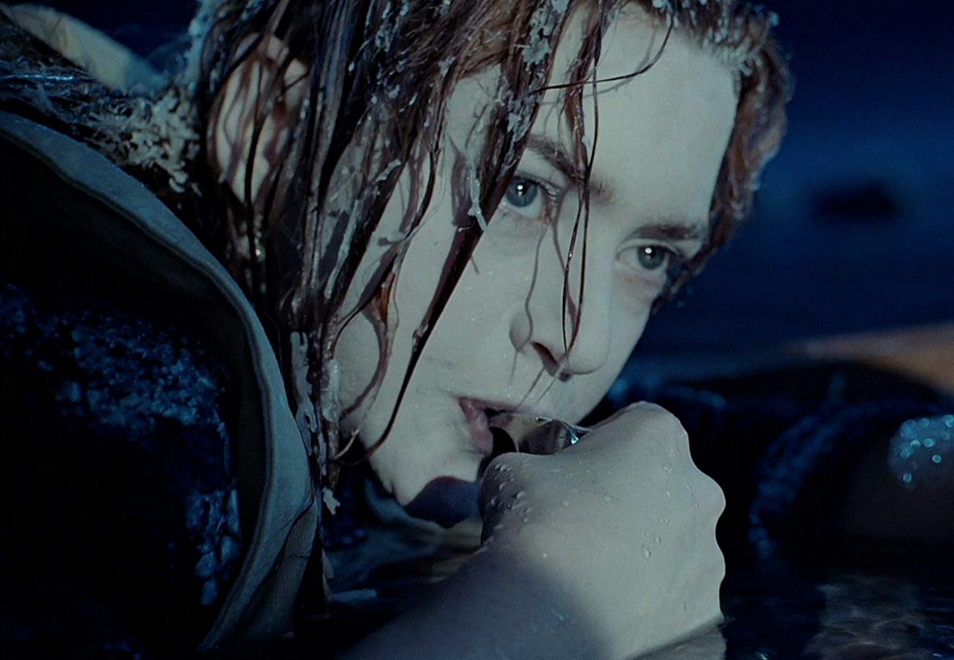
When shooting another scene in which she was struck down by a rush of water in a corridor, Winslet came close to drowning.
[rtk_adunit_bottom]
There was also a notorious incident in which much of the cast and crew were unknowingly drugged, as an unknown party had spiked their food.
5. Ishtar was shot during a civil war, put Dustin Hoffman at risk of being kidnapped

1987 action comedy Ishtar has long been notorious as one of the most troubled films in Hollywood history, plagued with behind the scenes drama, and doomed to critical and commercial failure on its release.
[rtk_adunit_top]
When the film was in production, however, the prospect of bad reviews and poor box office returns should have been the least of anyone’s worries.
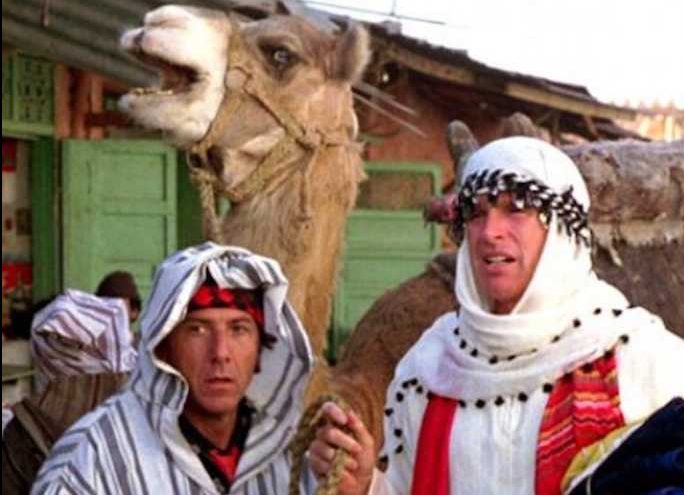
Ishtar starting shooting on location in Morocco in October 1985, at a time when tensions between Israeli and Palestinian forces were heating up, and Morocco was in armed conflict with the Polisario Front.
[rtk_adunit_middle]
It was a dangerous time for any foreigners to be in that part of North Africa, not least well-known Hollywood figures shooting a big budget movie.
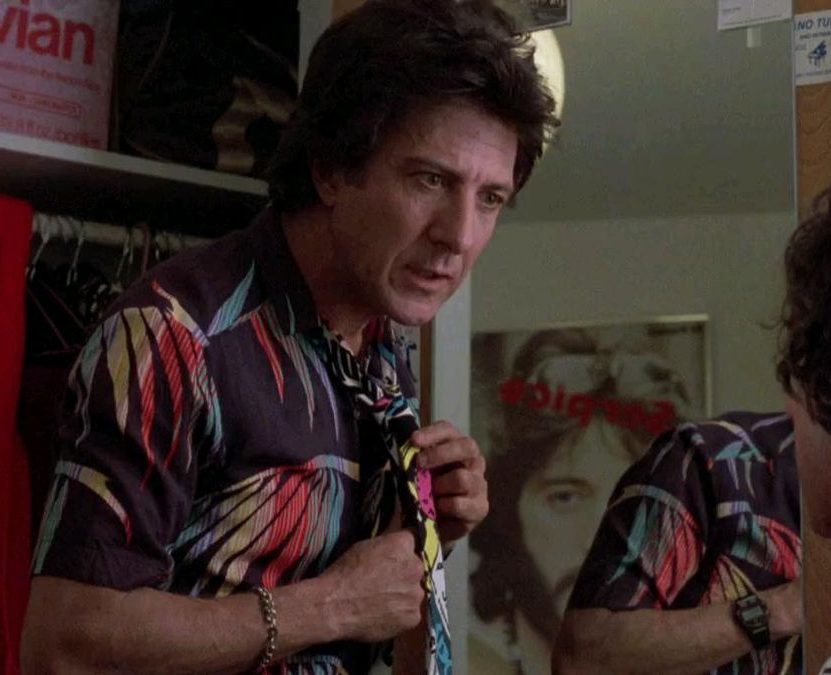
As well as avoiding areas where fighting was going on, Ishtar’s desert locations had to be very carefully checked before shooting, as landmines were a real risk in the area.
[rtk_adunit_bottom]
On top of all that, word at one point got around that Palestinian radicals were planning to kidnap Ishtar’s Jewish leading man Dustin Hoffman. Thankfully, this never came to pass.
4. Miami Vice employed local Latin American gangs as security, ending with someone getting shot
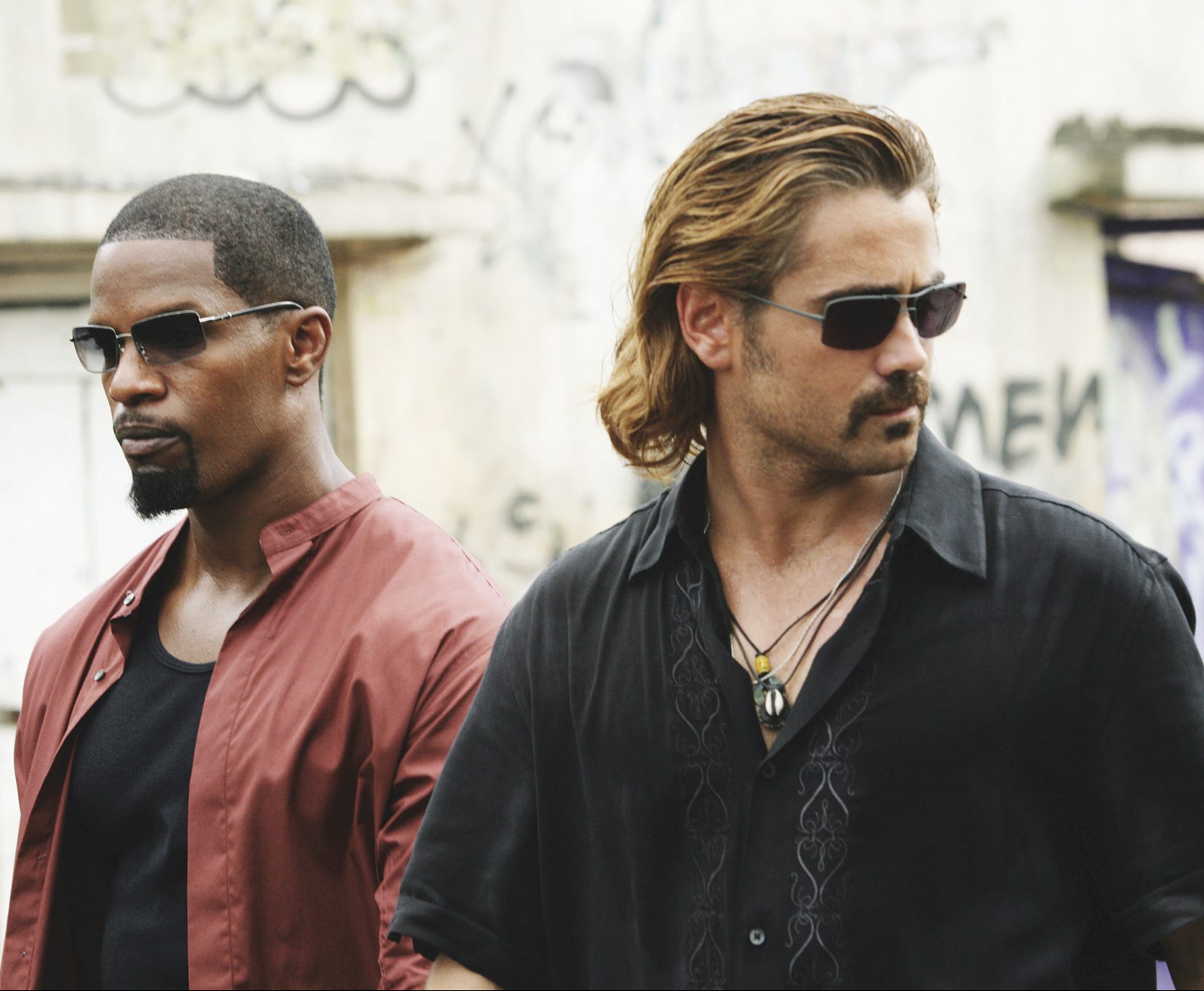
2006’s Miami Vice was a modernised take on the iconic 80s TV series that helped establish director Michael Mann in the industry, but unfortunately it didn’t prove anywhere near as popular as the show that came before it.
[rtk_adunit_top]
The TV series had always tried to be edgy, but Mann pushed the envelope even further for the movie, which centres on the dangerous dealings of undercover narcotics cops Crockett (Colin Farrell) and Tubbs (Jamie Foxx).
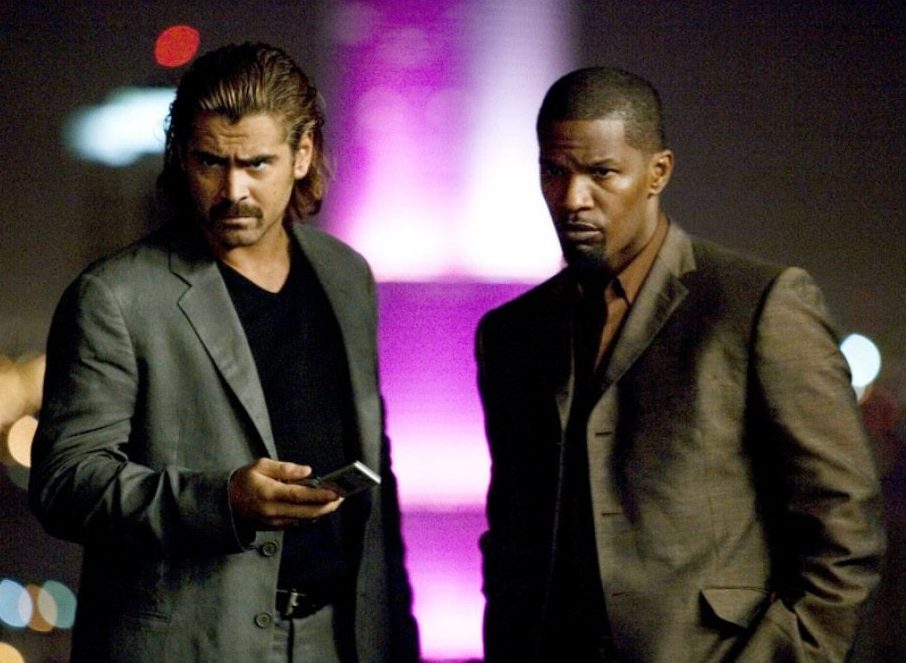
Much of the film was shot on location in various parts of the Caribbean and Latin America, in areas where organised crime and gang warfare were a very real and present threat.
[rtk_adunit_middle]
Reportedly, director Mann opted to shoot in areas where he had been specifically warned off by the police, and employed local gang members as the film’s private security.

At one point, shots were fired on location in the Dominican Republic, and a member of the security team was shot. Almost immediately, Jamie Foxx flew home and refused to shoot any further scenes outside the US.
[rtk_adunit_bottom]
Because of this demand by Foxx (who was at the height of his powers following his Oscar win for Ray, and was by all accounts a monumental diva throughout the Miami Vice shoot), the film’s ending had to be completely rewritten, winding up less dramatic than originally intended.
3. Several people were drowned shooting Noah’s Ark
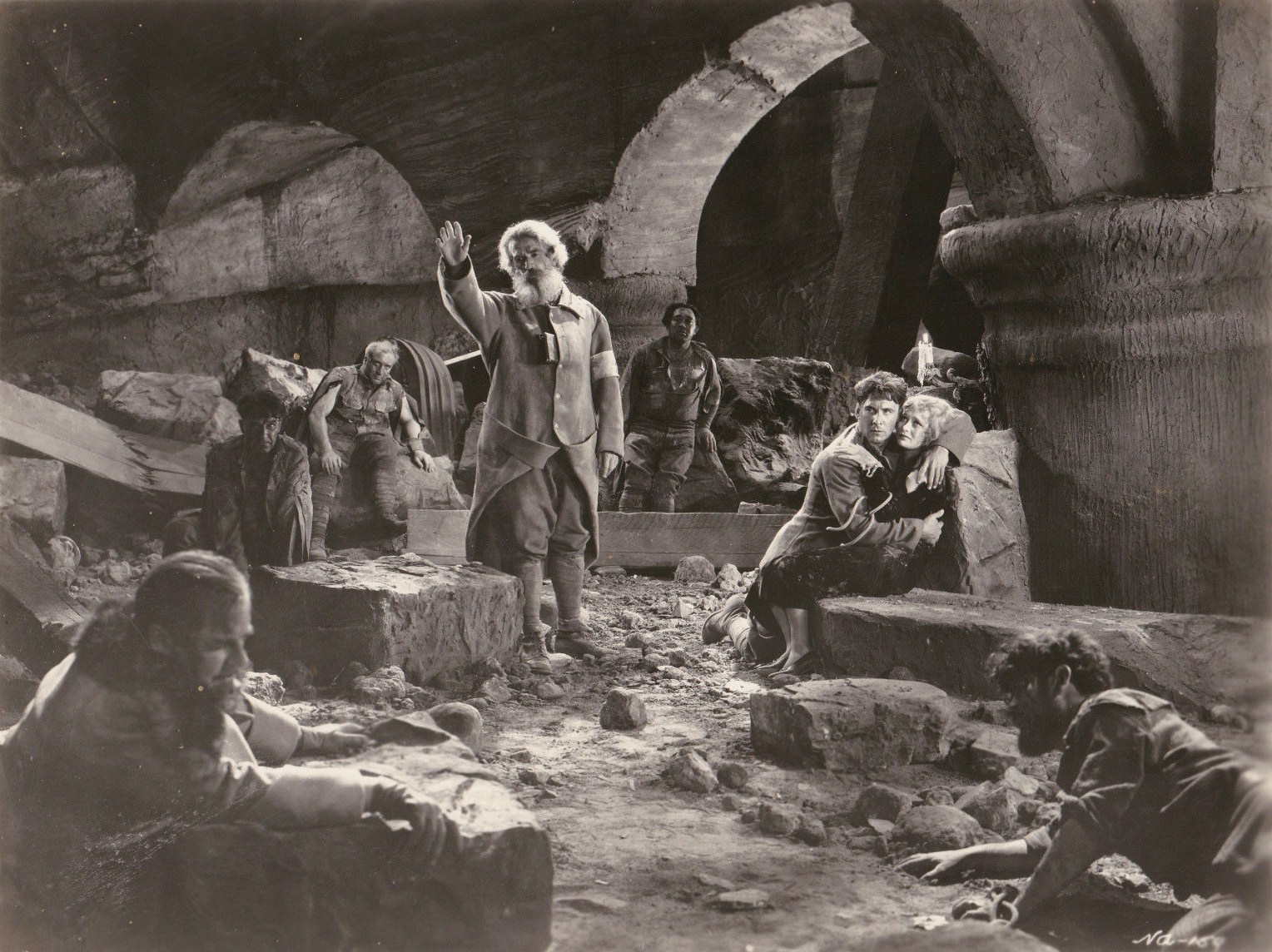
1928 biblical epic Noah’s Ark was released at the cusp of the ‘talkies’ era, when silent film was retired in favour of films with dialogue and sound.
[rtk_adunit_top]
Retelling the classic story of Noah and the Great Flood, the film from prolific director Michael Curtiz promised ‘the spectacle of the ages!’
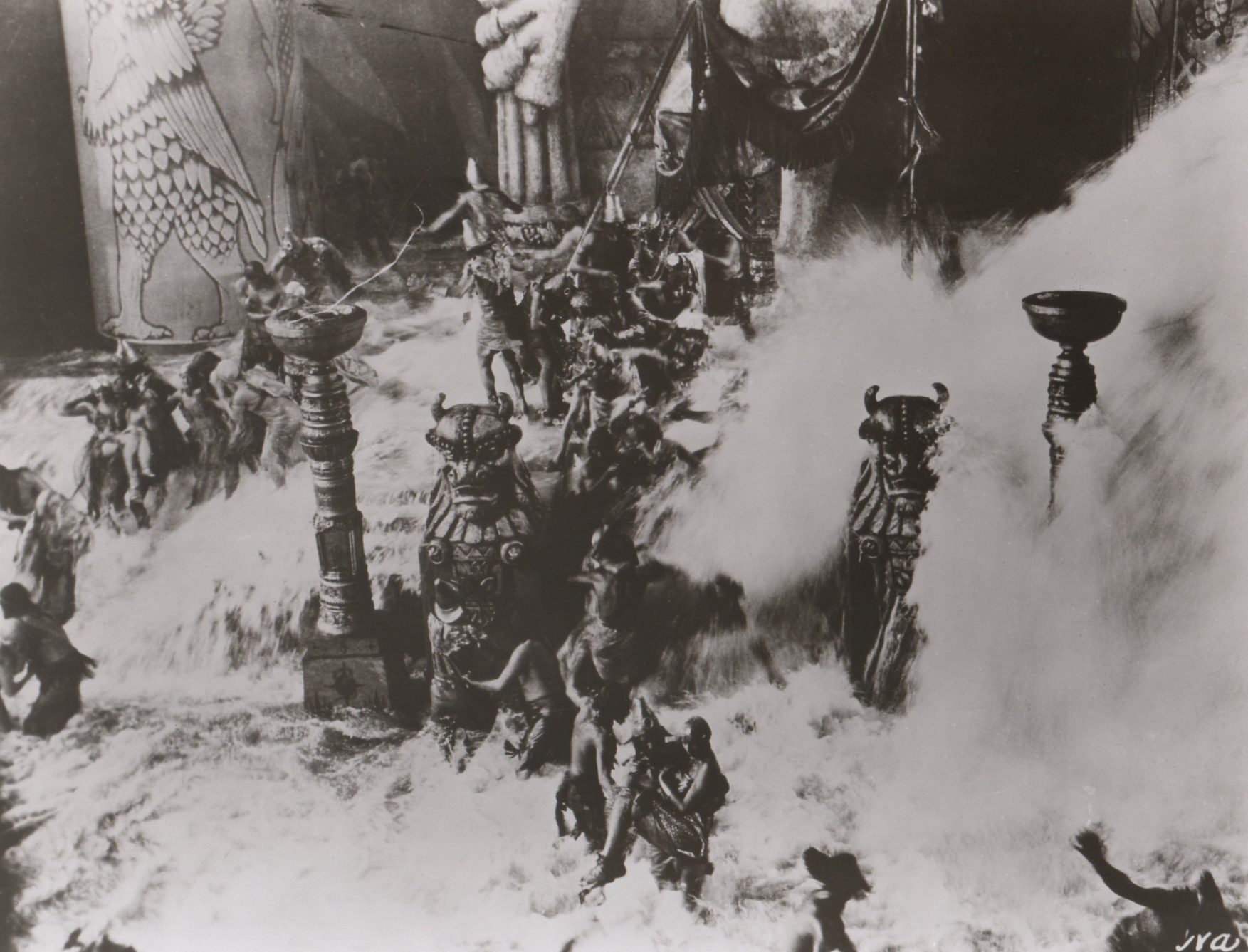
In shooting the pivotal flood scenes, the Noah’s Ark team were keen to present the dramatic events as realistically as they could.
[rtk_adunit_middle]
To this end, the film’s set was literally flooded with over 600,000 gallons of water – but no one was quite prepared for the physical consequences.

Due to the lack of safety measures taken, a reported three extras drowned, one suffered injuries which resulted in the amputation of a leg, and many more required medical attention, including lead actress Dolores Costello.
[rtk_adunit_bottom]
This disaster directly led to the introduction of stunt safety legislation for the film industry as a whole.
2. Several people died shooting Hell’s Angels
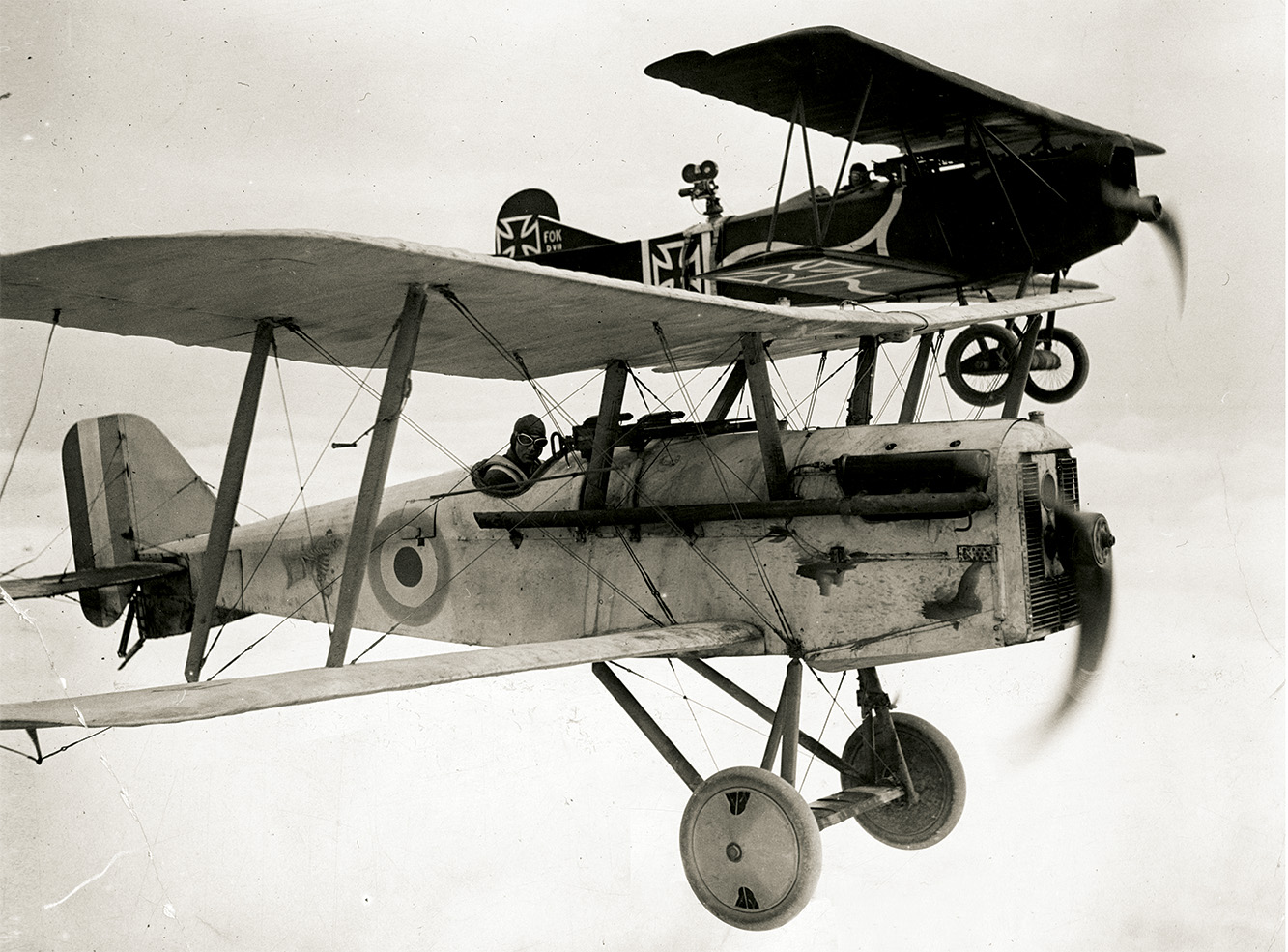
1930 action epic Hell’s Angels was a true ground-breaker for Hollywood, centred on the still fairly new field of aviation.
[rtk_adunit_top]
The film’s aerial action sequences were directed by famed businessman and aviator Howard Hughes. (Another director was enlisted for the dialogue-based scenes: James Whale, who later found fame with the Frankenstein movies.)

A large and, for the time, very costly venture (its budget was a reported $2.8 million), Hell’s Angels employed over 137 pilots to capture its spectacular flying sequences.
[rtk_adunit_middle]
Of course, as well as being comparatively early days for film, aeroplanes themselves were still fairly new in 1930, and safety wasn’t always a priority.
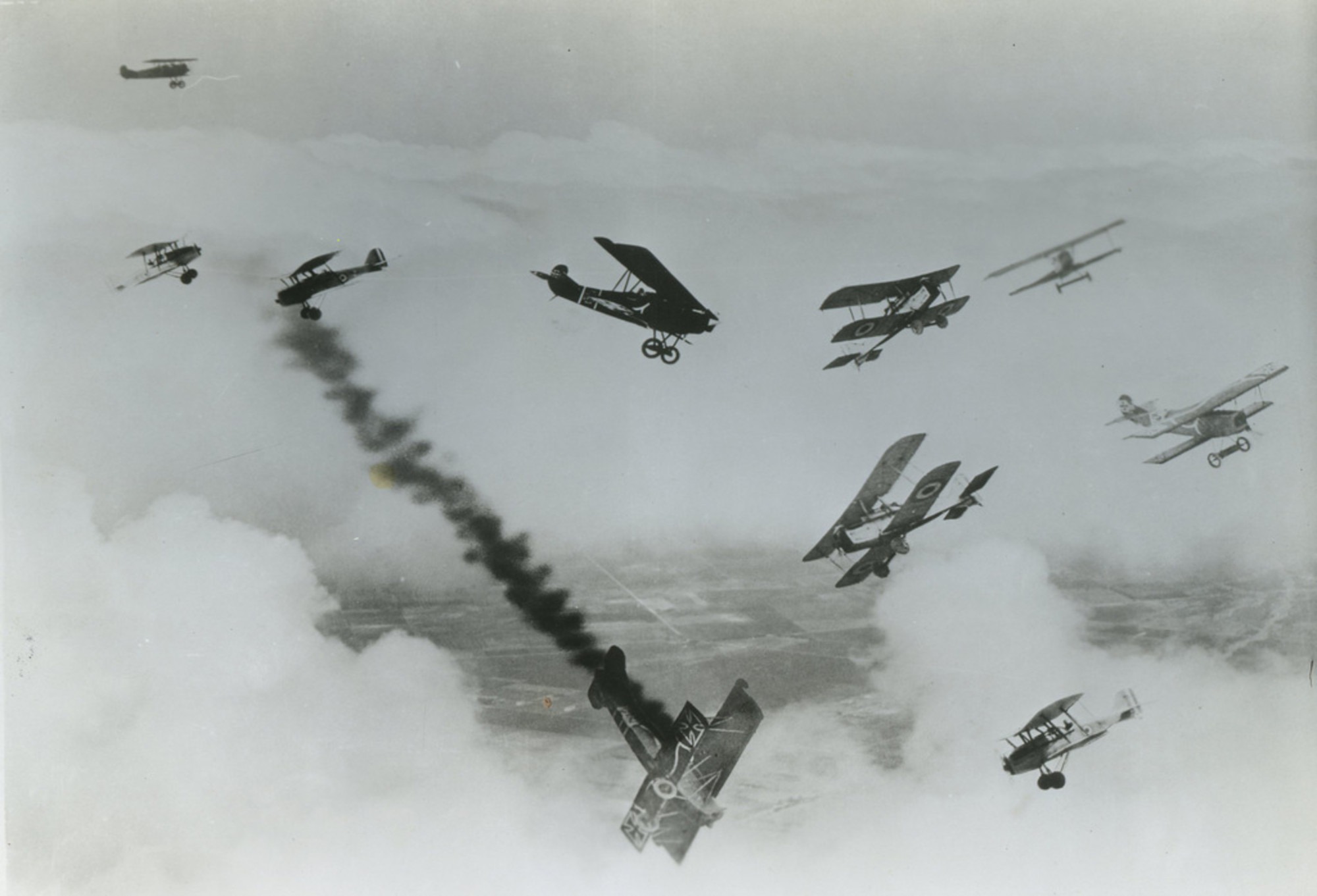
Three pilots and one mechanic are known to have been killed in production on the film, when flying stunts went wrong – and Hughes himself came close to death when filming one scene.
[rtk_adunit_bottom]
When Hughes failed to pull off a difficult manoeuvre, the director crashed, fracturing his skull. Hughes was rushed to hospital and underwent reconstructive surgery.
1. A crew member was killed by a train shooting Midnight Rider
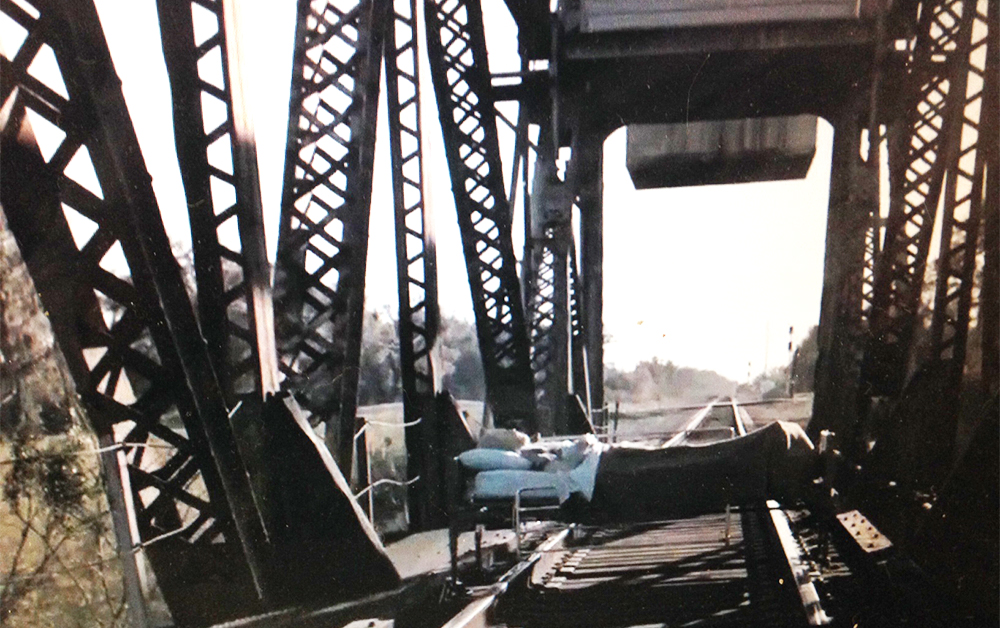
Starting production in early 2014, independent production Midnight Rider was intended as a biopic of American rock group The Allman Brothers.
[rtk_adunit_top]
However, the project was shelved for good when a tragedy occurred due to negligence on the part of the producers.
On the very first day of filming, the crew were ordered to shoot on an active railway bridge. The filmmakers did not have legal permission to shoot there, and there were concerns within the cast and crew (which included actors William Hurt and Wyatt Russell) about their safety.
[rtk_adunit_middle]
Before they completed shooting on that first scene, a freight train came up the tracks. Assistant camera operator Sarah Jones was hit by the train and killed, and several other crew members were injured. Filming was immediately suspended, and eventually Midnight Rider was cancelled altogether.
Criminal charges of trespass and involuntary manslaughter were brought against the director, producers and first assistant director, all but one of whom were convicted. Since this shocking incident, safety procedures on independent films have been under far greater scrutiny.
[rtk_adunit_end]

